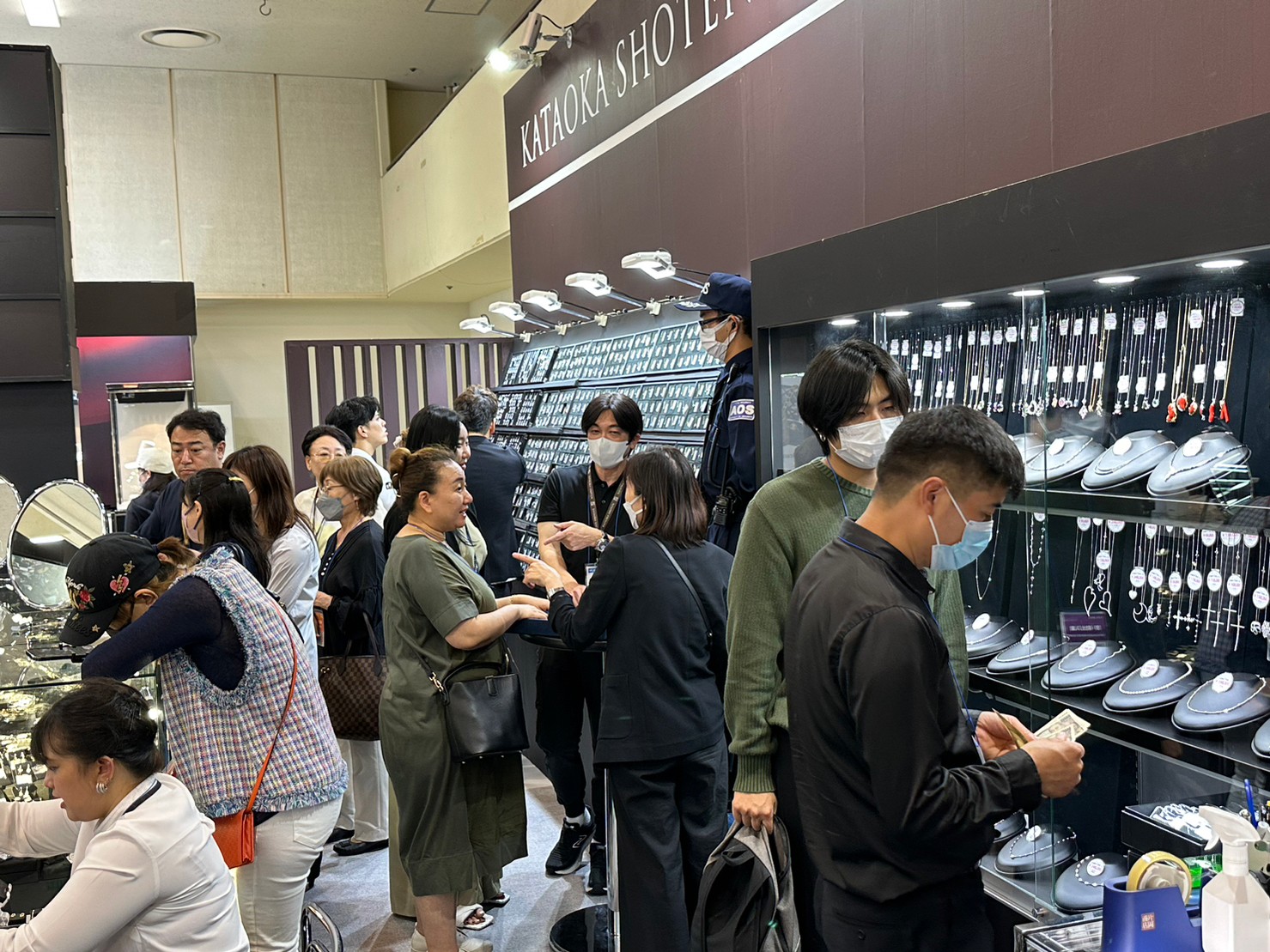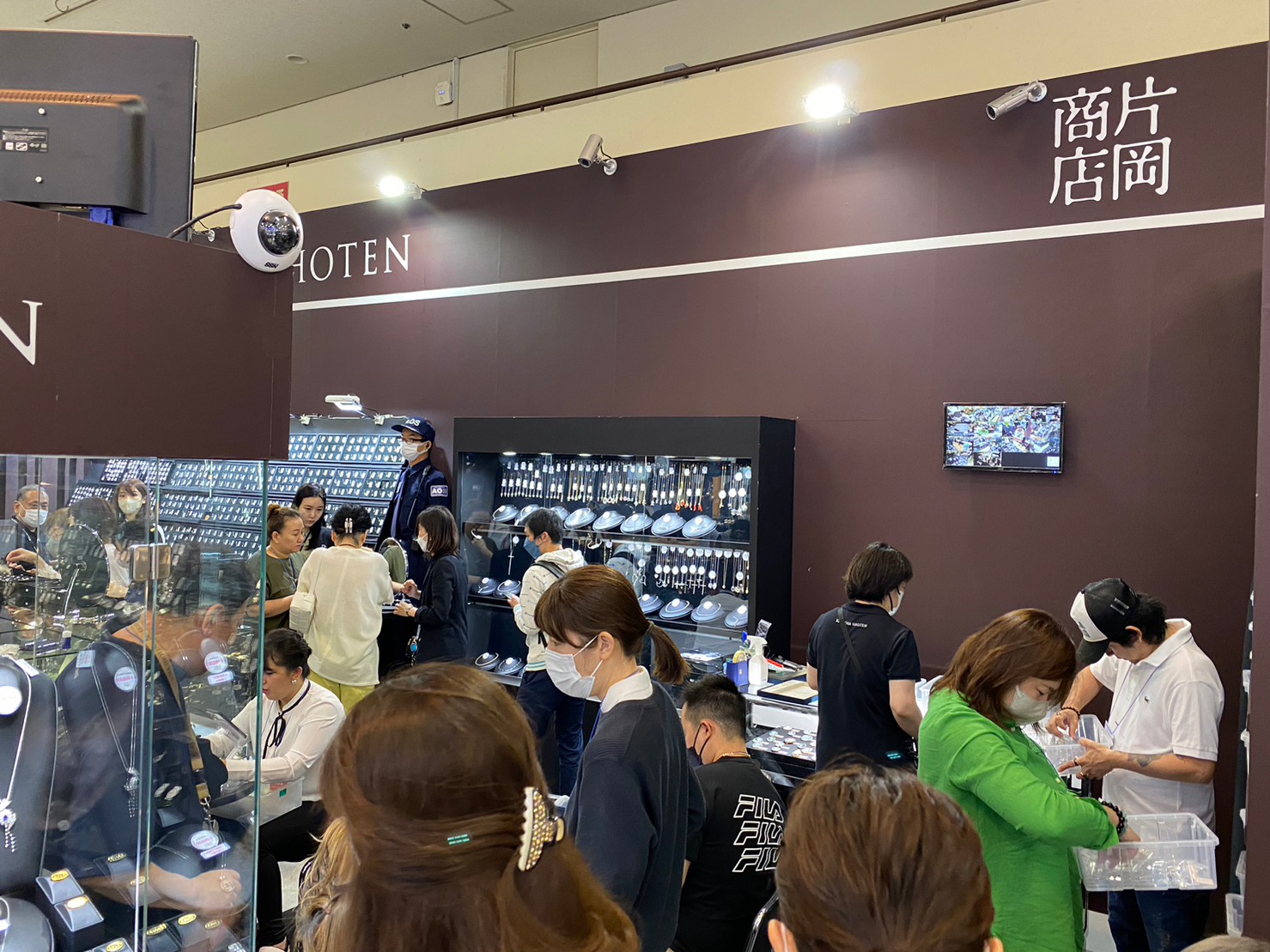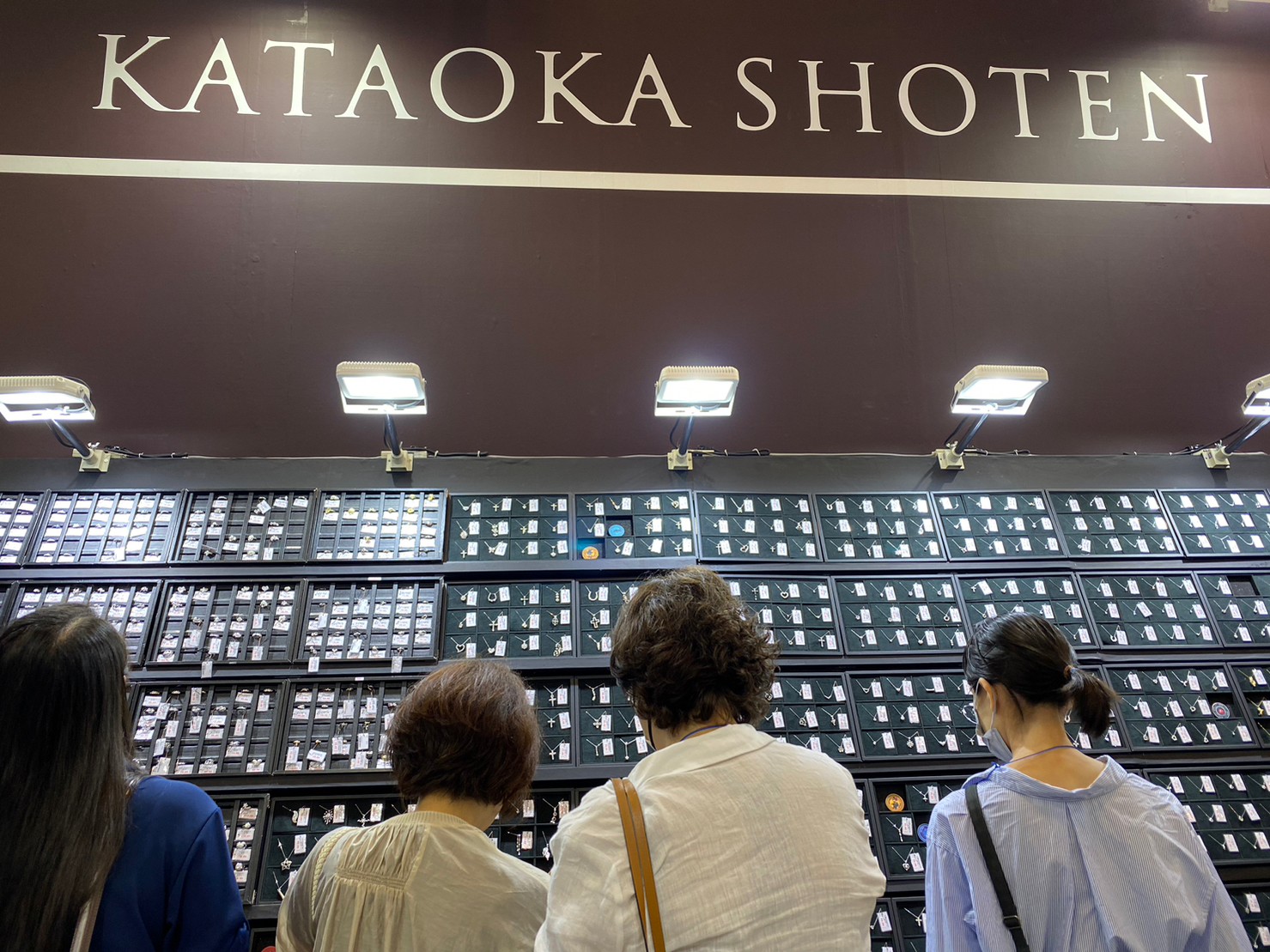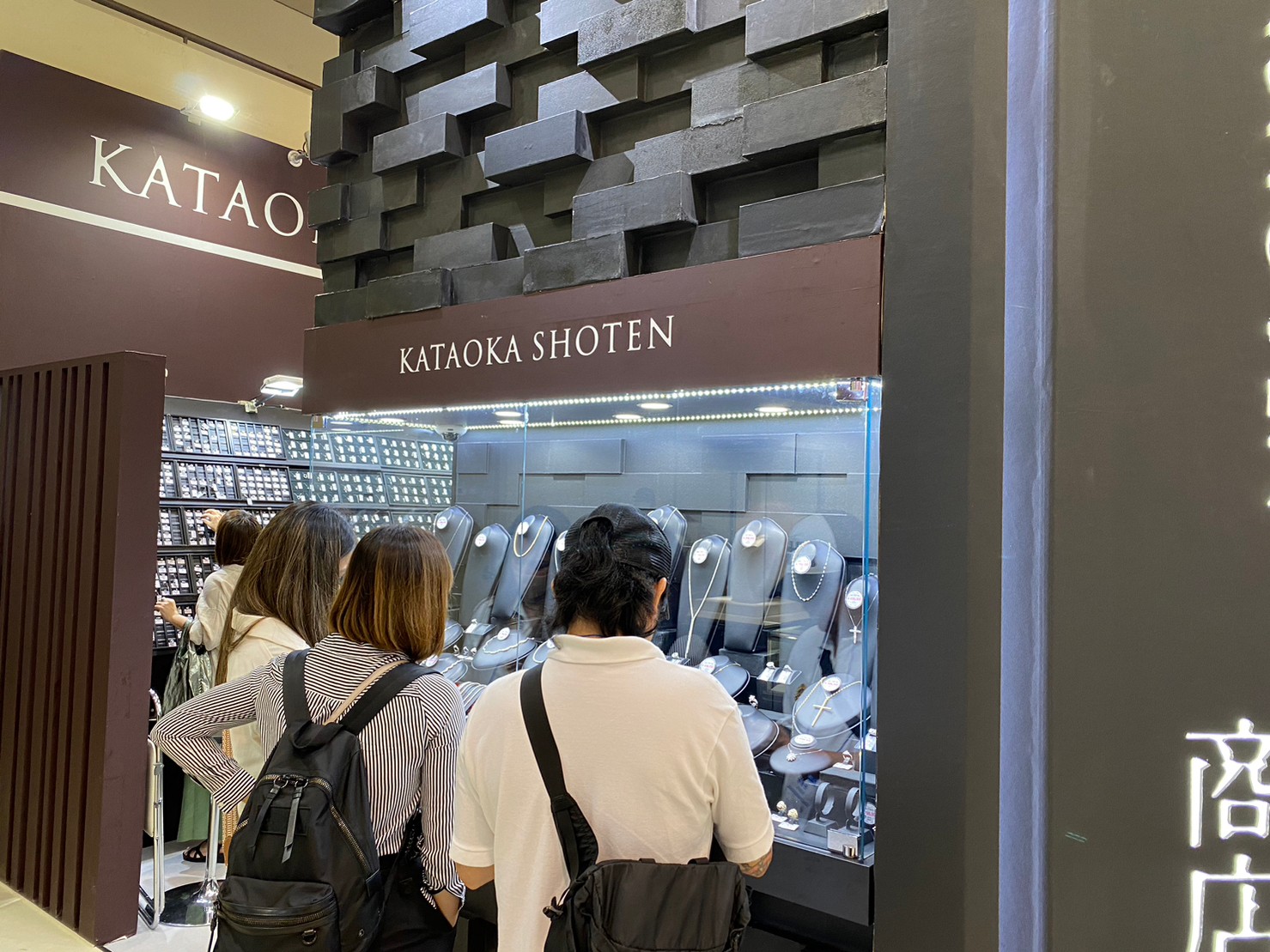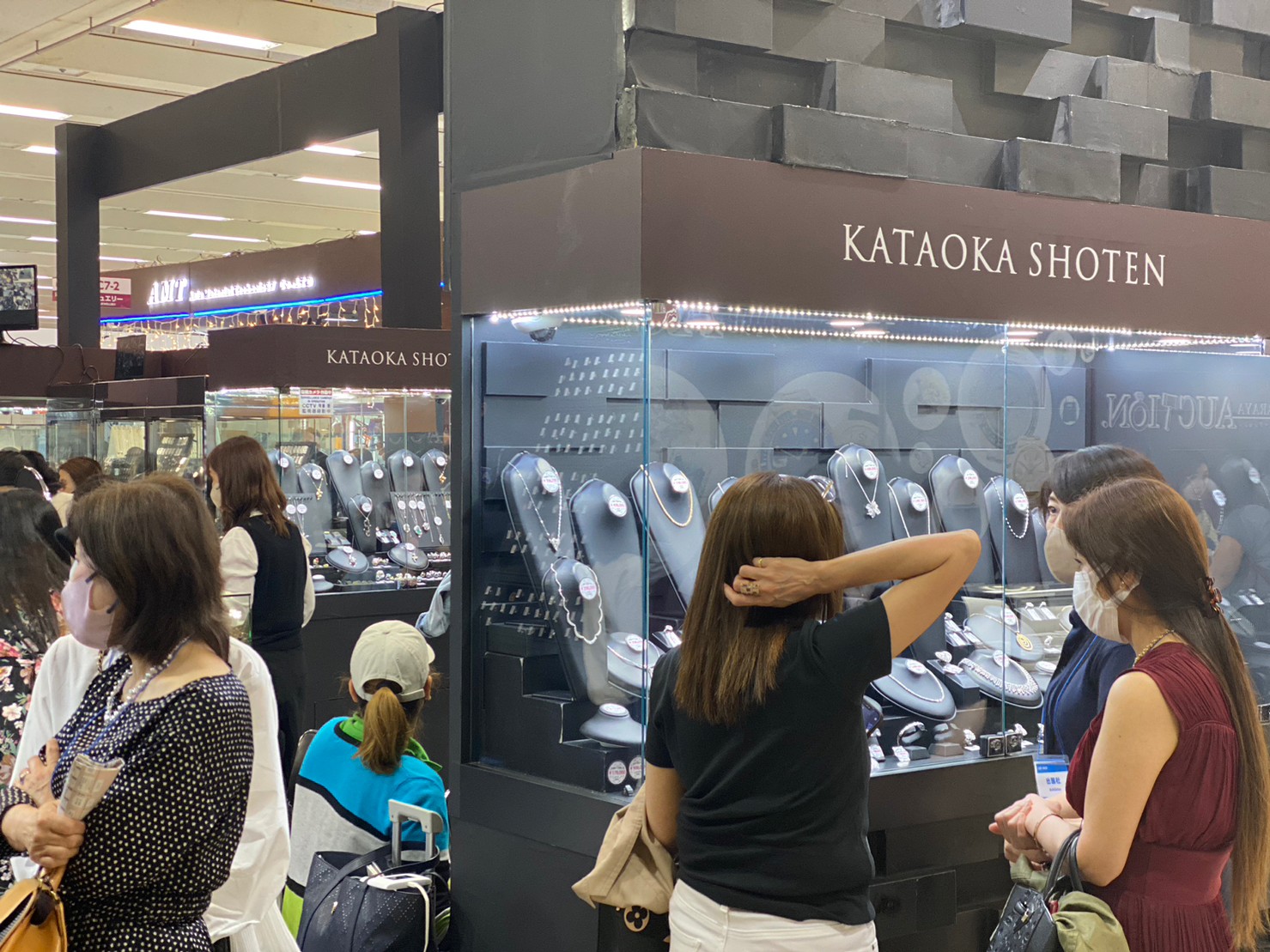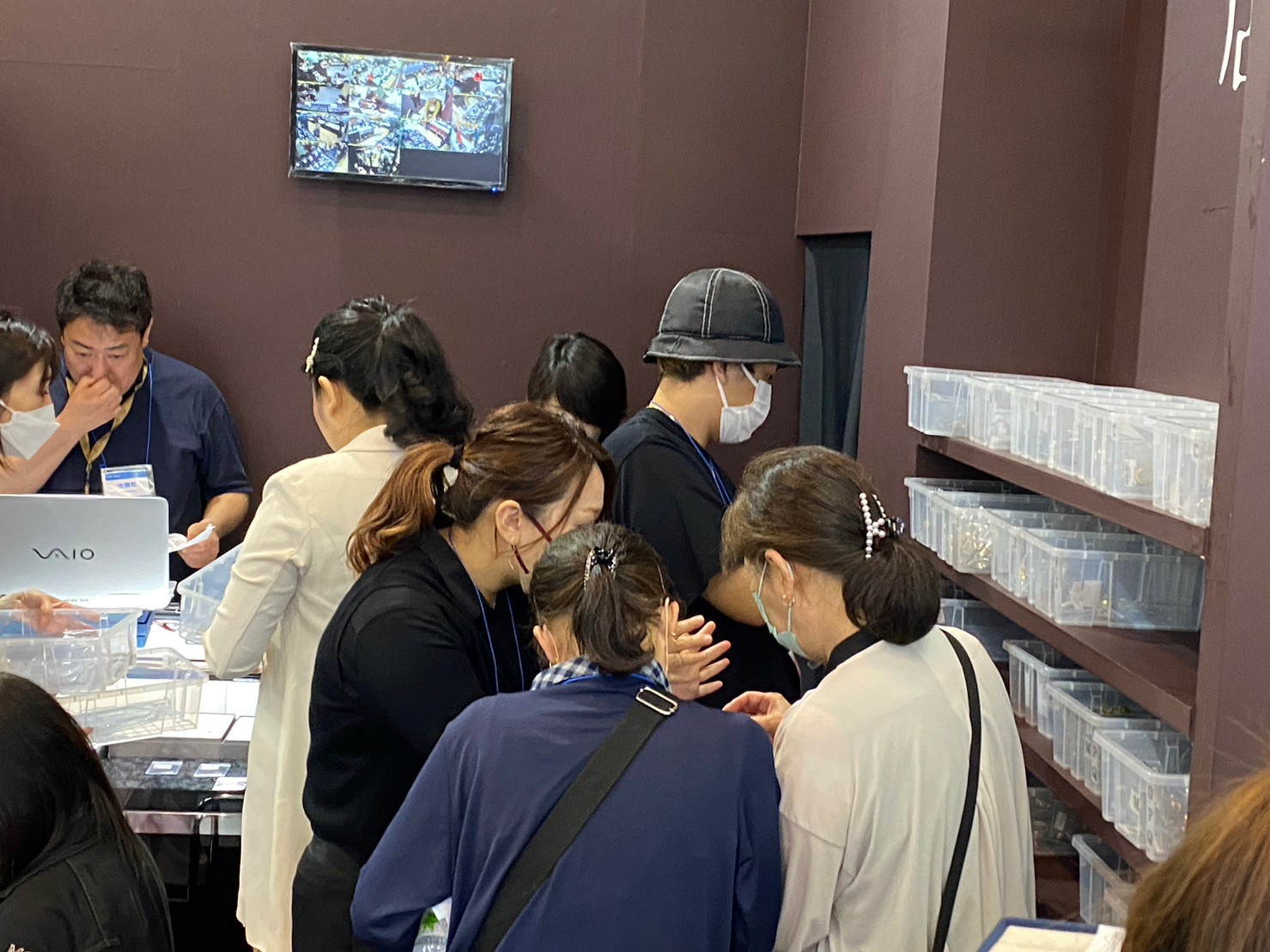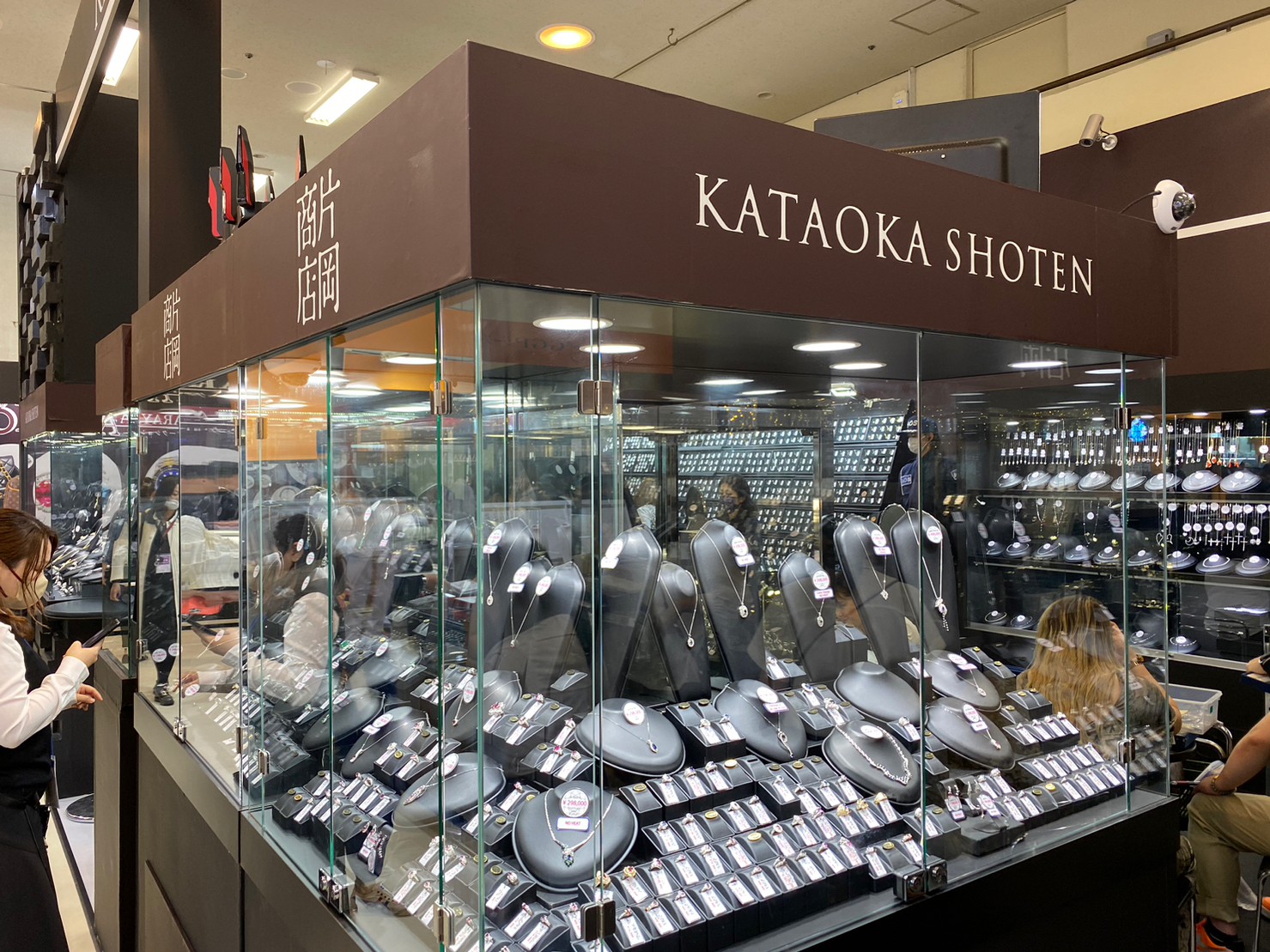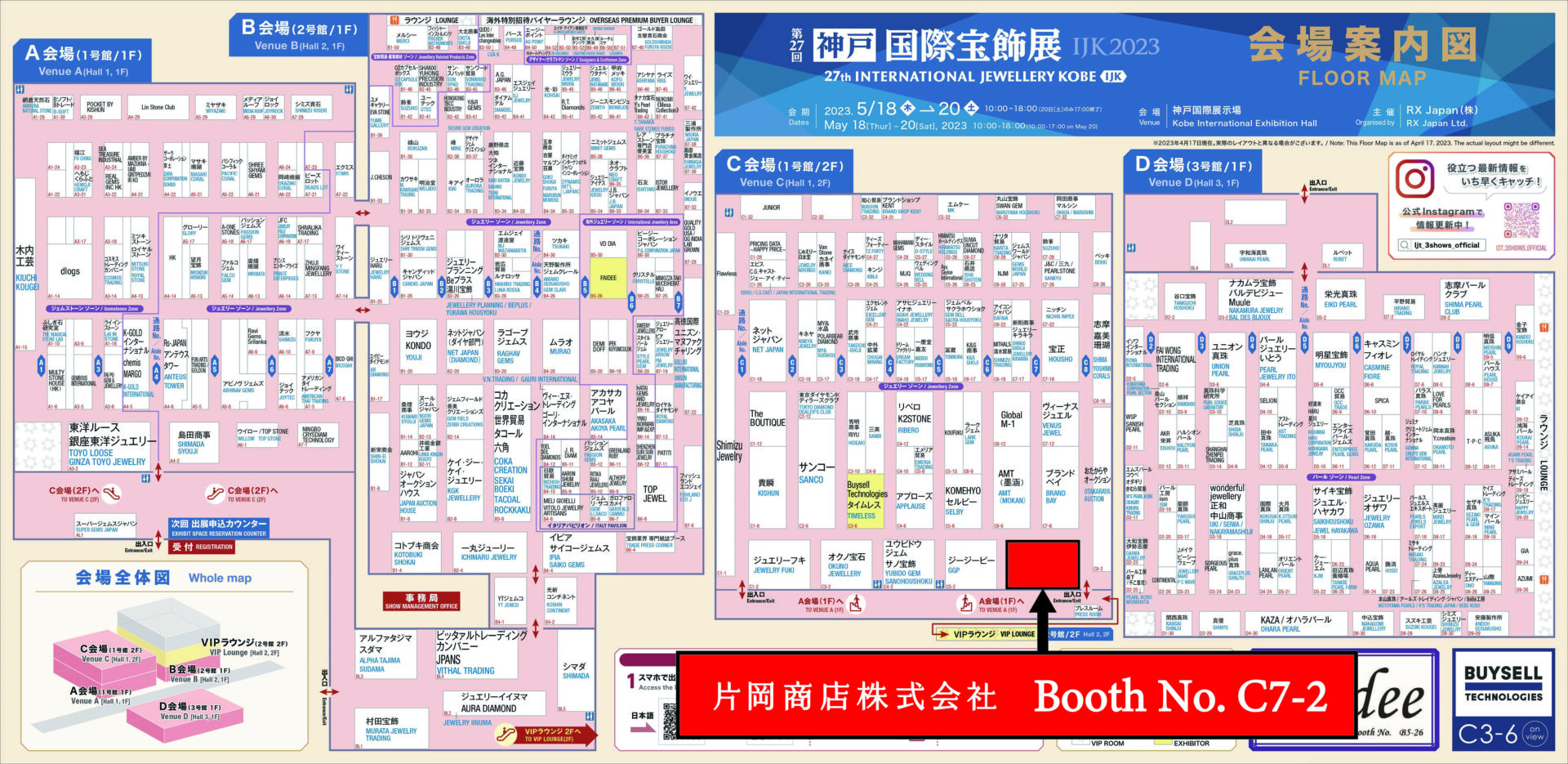We had exhibited at the 27th International Jewelry Kobe (IJK2023), held at Kobe International Exhibition Hall for 3 days from May 18 to 20, 2023.
Since the beginning of May, various parts of Japan have been bustling with people, unlike during the corona crisis. Deregulation of mask-wearing as a measure against the novel coronavirus seemed to have changed the public mood drastically.




On April 29, the Japanese government abolished border control measures requiring the submission of a negative PCR test or proof of three doses of the vaccine at the time of entry, which was required when entering Japan. Furthermore, in order to bring the number of foreign visitors back to the previous level, the Japanese government officially decided to determine the novel coronavirus to Category 5, which is the same infectious disease as seasonal influenza, on May 8th. Perhaps due to these factors, Japan’s Golden Week, which started on April 29, was bustling with activity throughout the Japan.
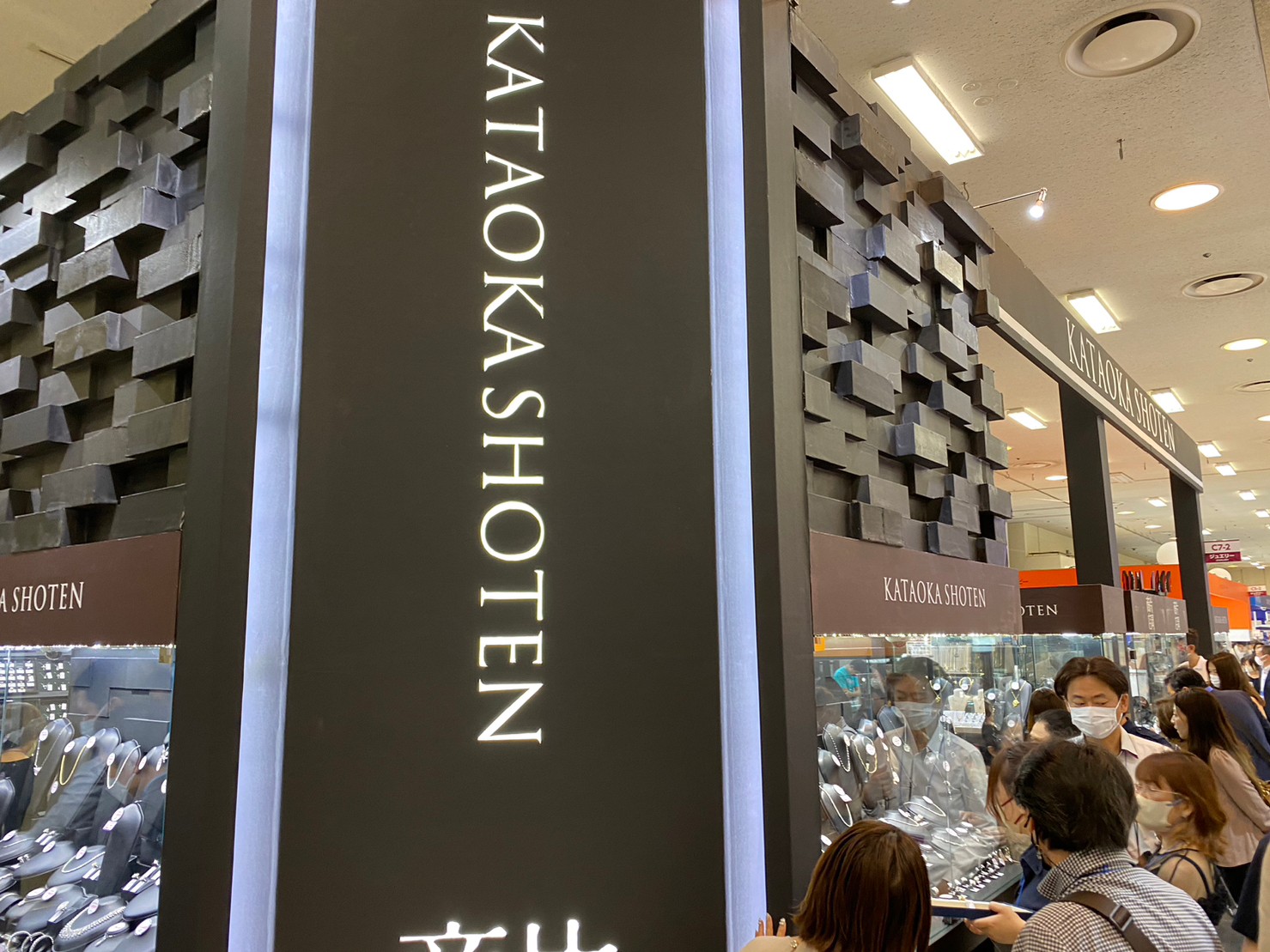
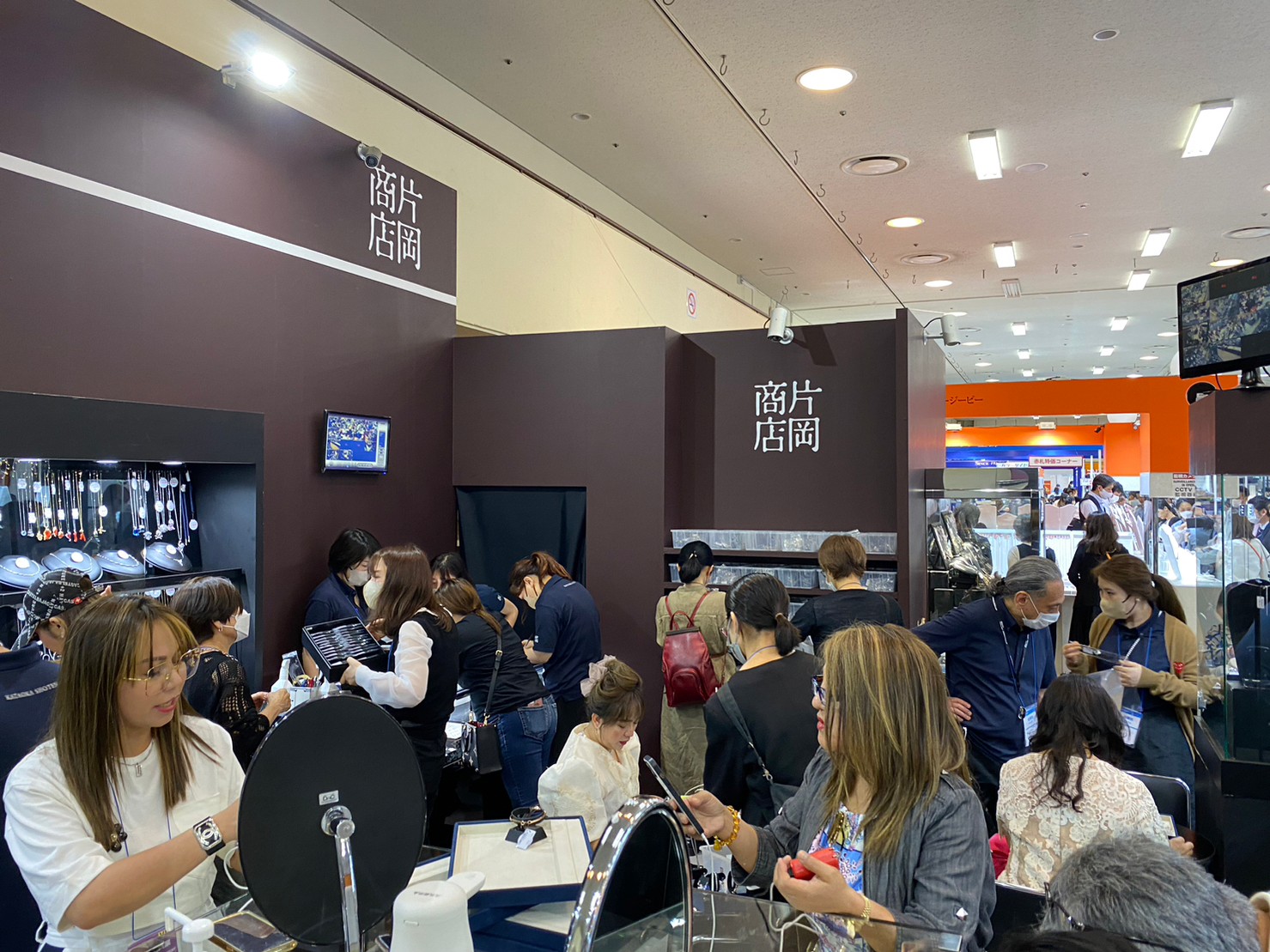
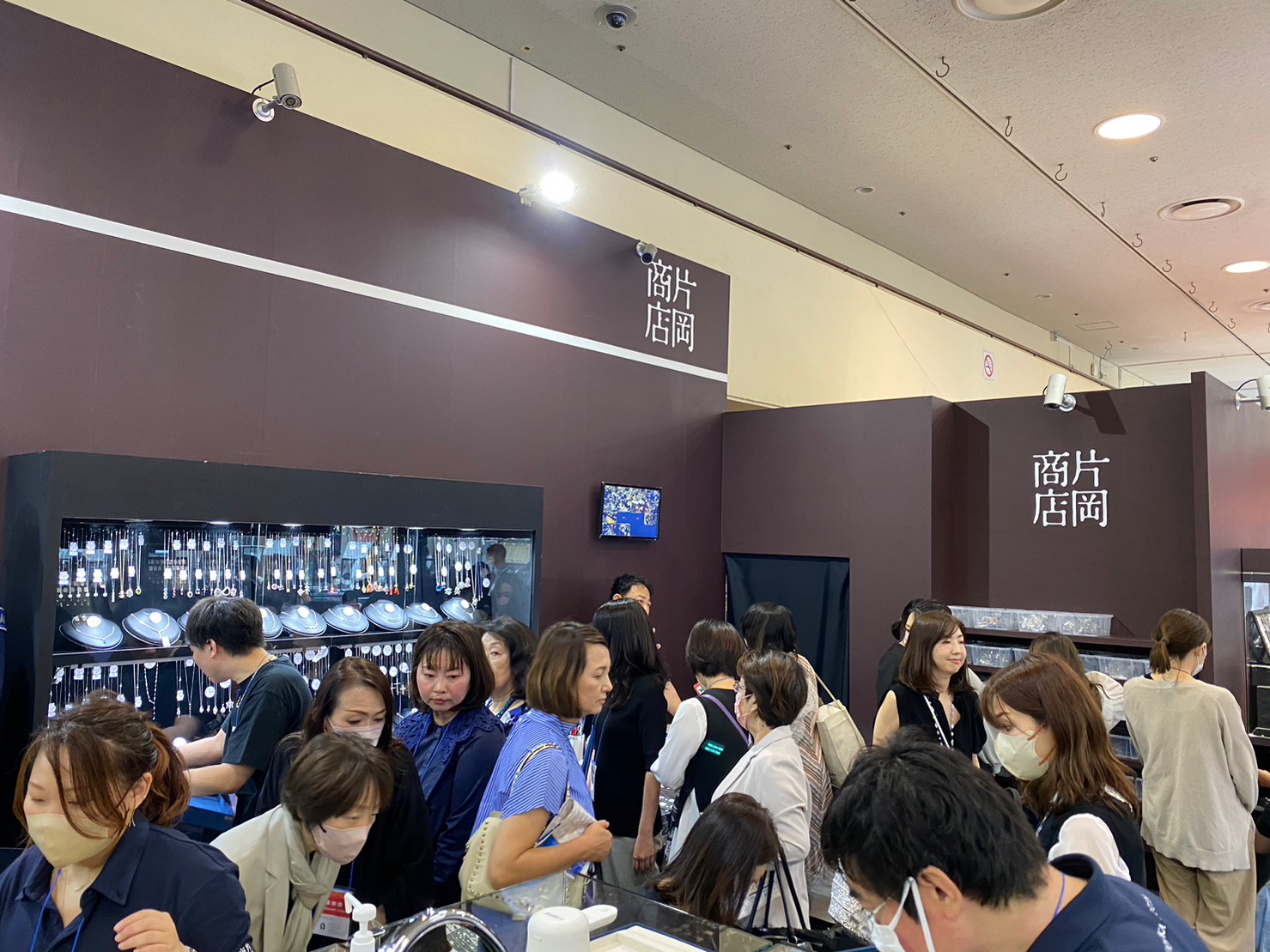
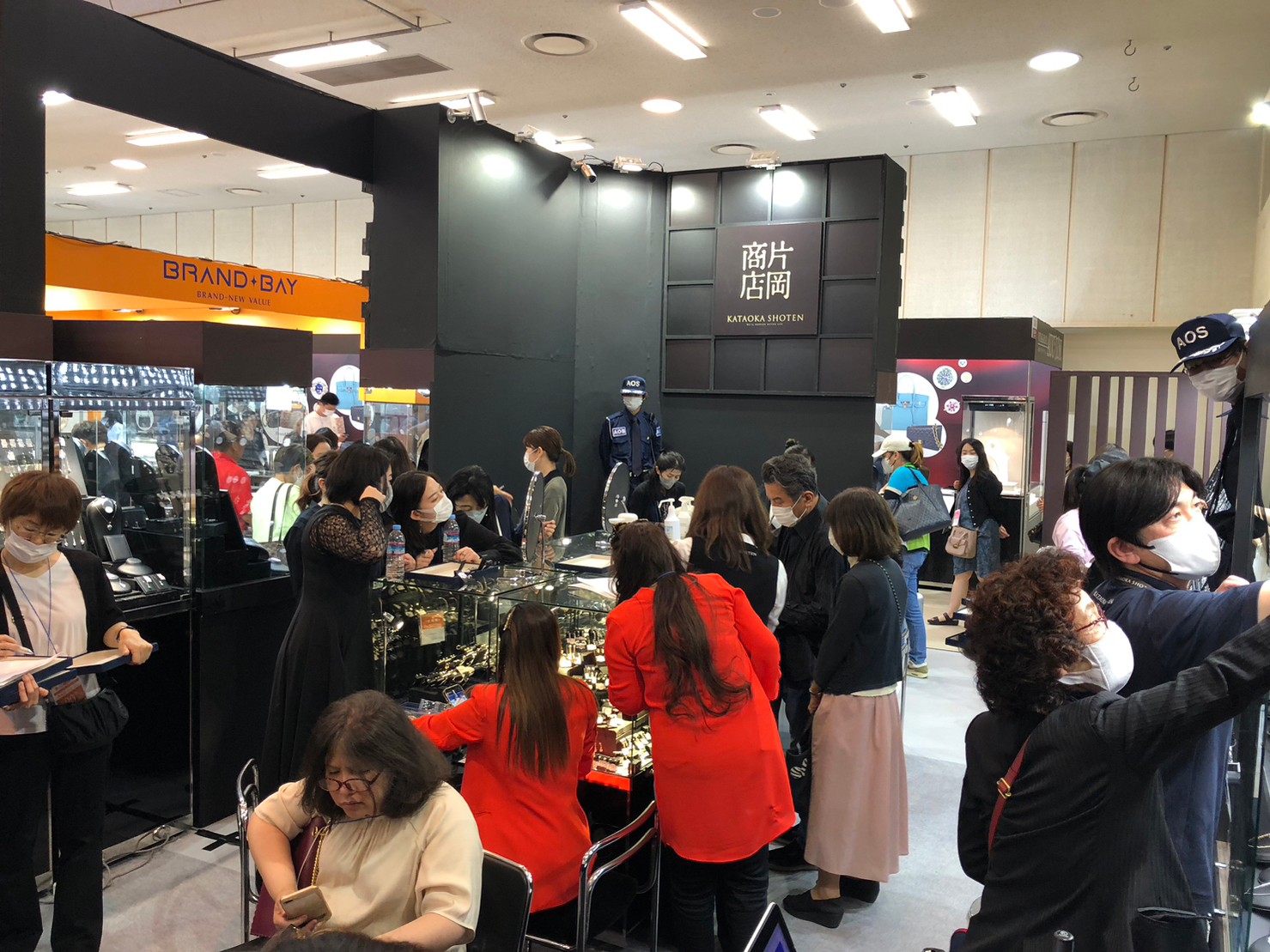
The number of foreign visitors to Japan was about 32 million before the pandemic, but the number had decreased by approximately 99% to about 240,000 in 2021, due to the entry restrictions to prevent the spread of the new coronavirus. However, this Golden Week, it has been announced that the number of tourists has returned to 70% of the previous level, and the amount of money spent is reported to be 1.3 times higher than before the Corona disaster. Coupled with the current weak yen and low-price levels relative to Europe and the United States, Japanese stocks continue to be high on expectations that inbound demand will continue in the future.
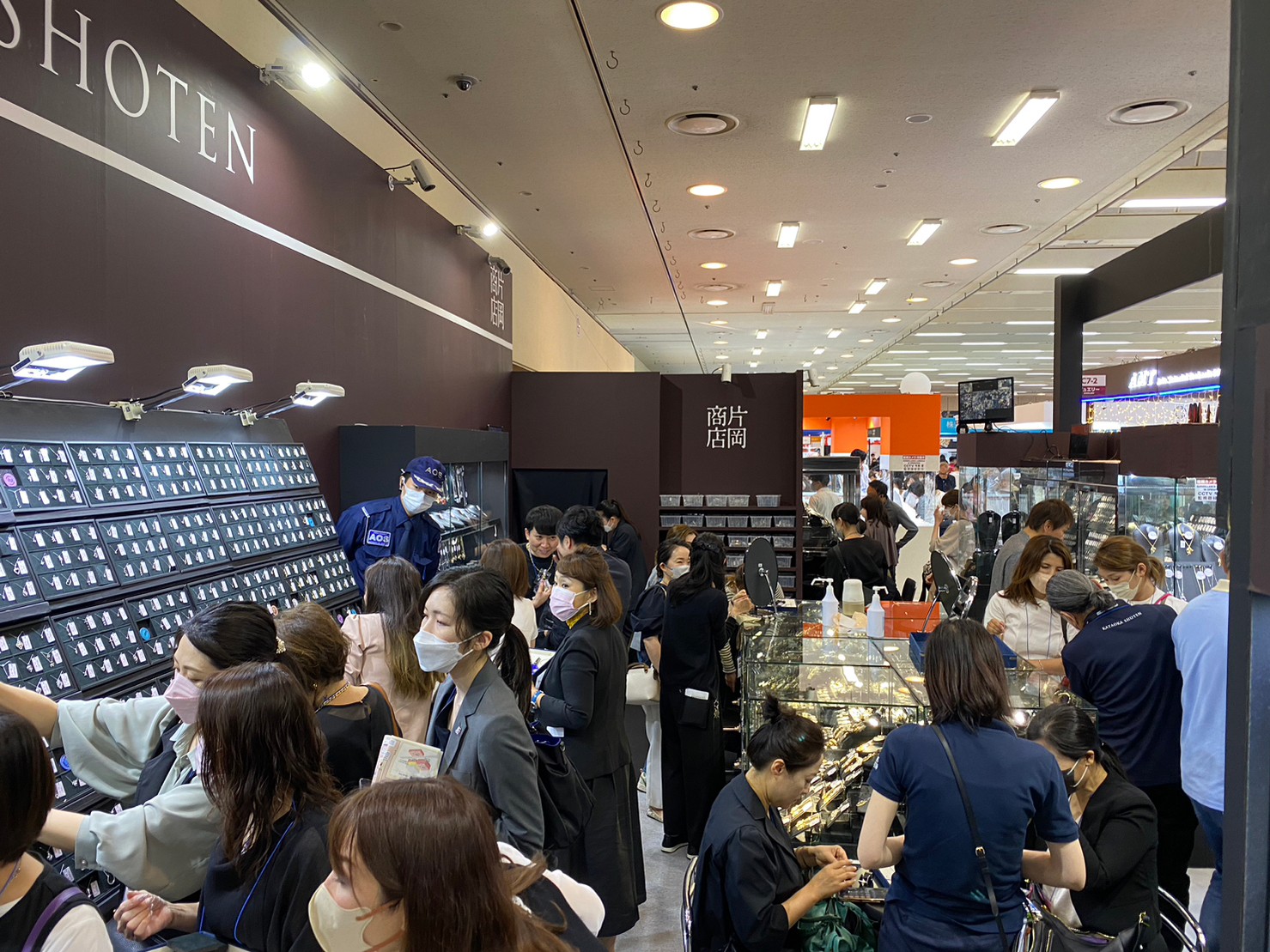

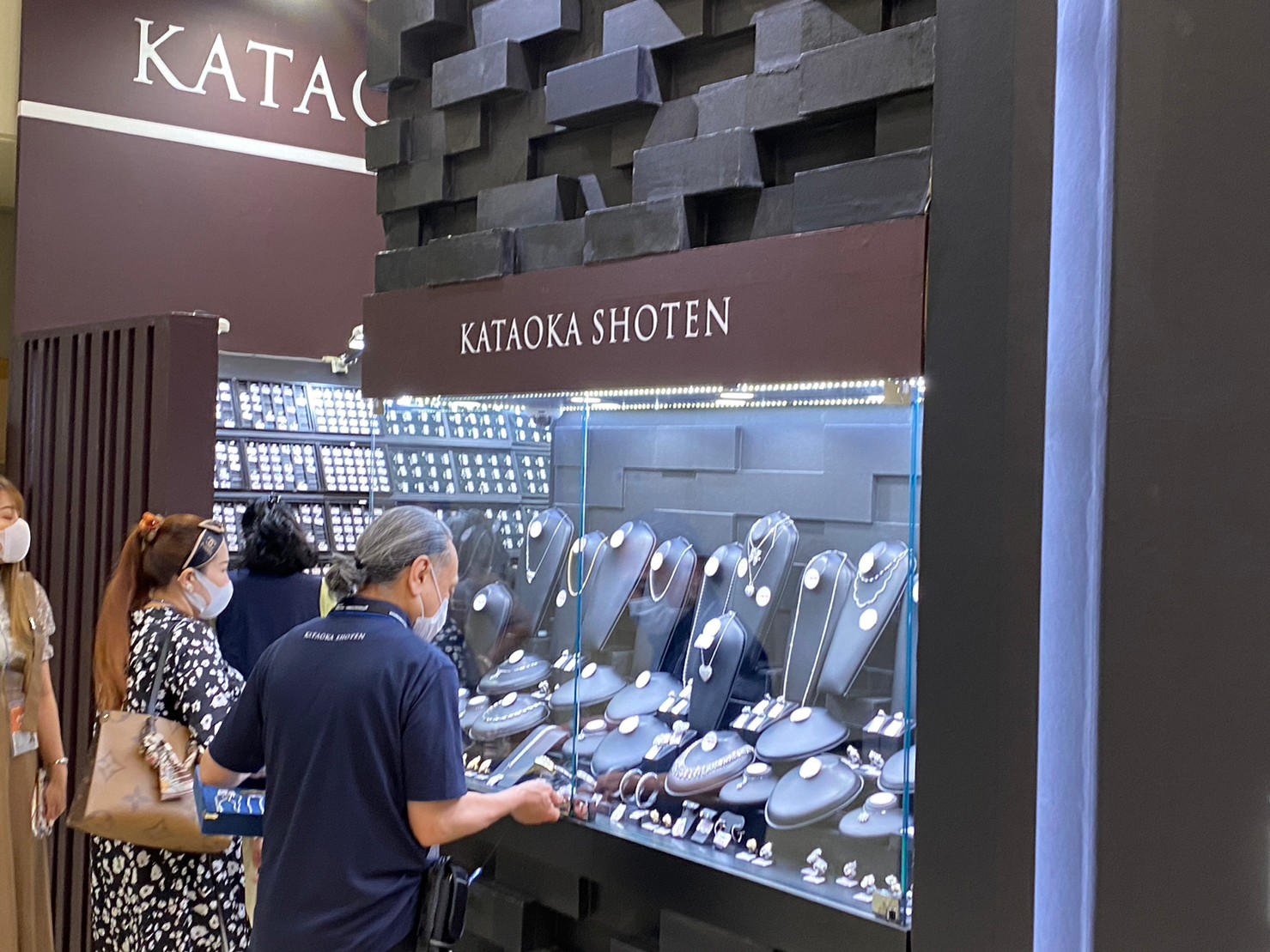
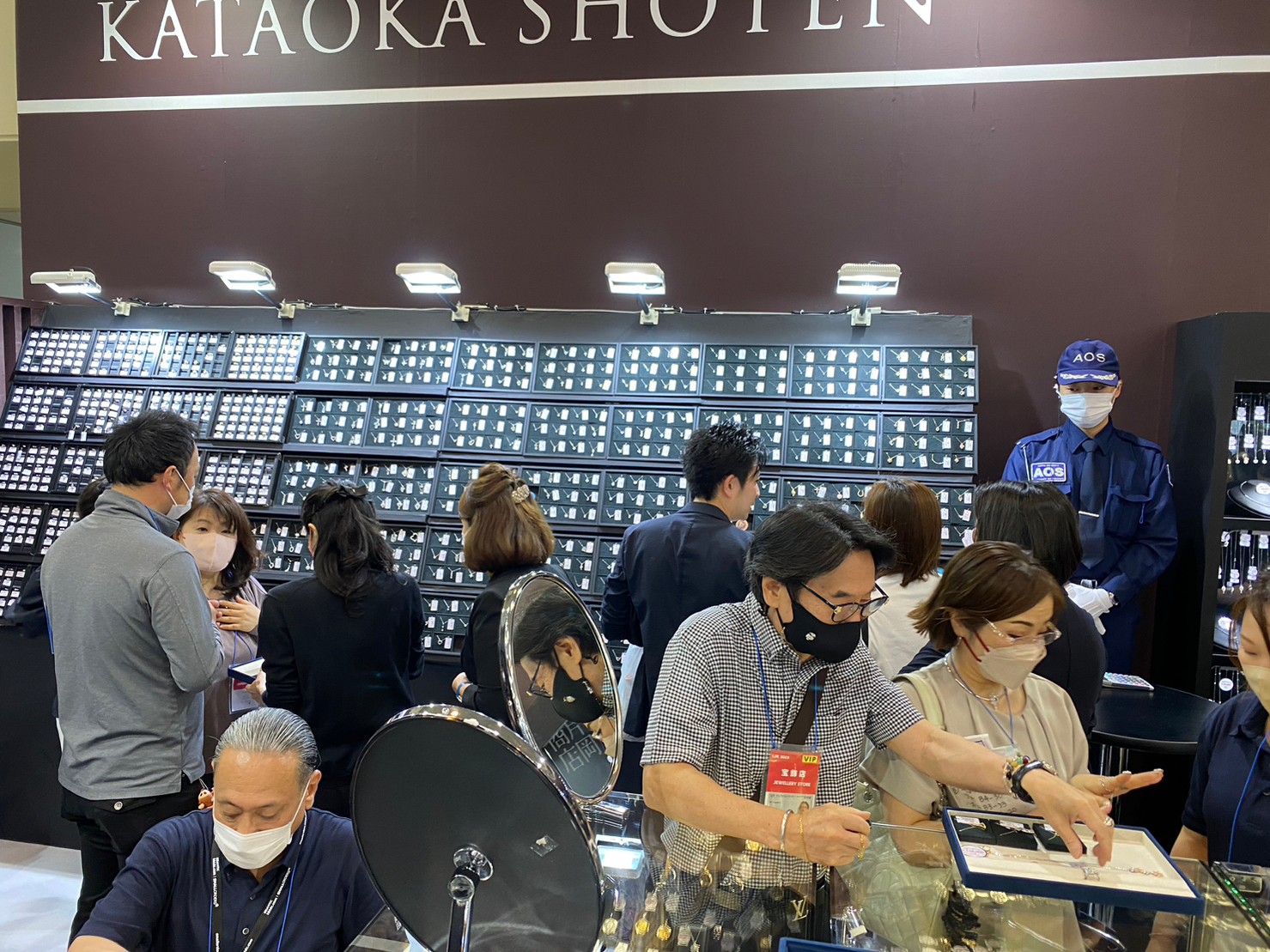
For the first time in 3 years, China has lifted the restriction on group tours to 20 countries, including Thailand, Cambodia and Russia. However, Japan and South Korea have been excluded from the program due to the previous border measures, but if the number of Chinese tourists increases in the future, the explosive shopping spree will be revived and the streets of Japan will be increasingly filled with foreigners. The current depreciation of the yen and the low cost of living in Japan compared to the rest of the world are very attractive, and it is expected that the number of tourists visiting Japan will be higher than before the Corona disaster.
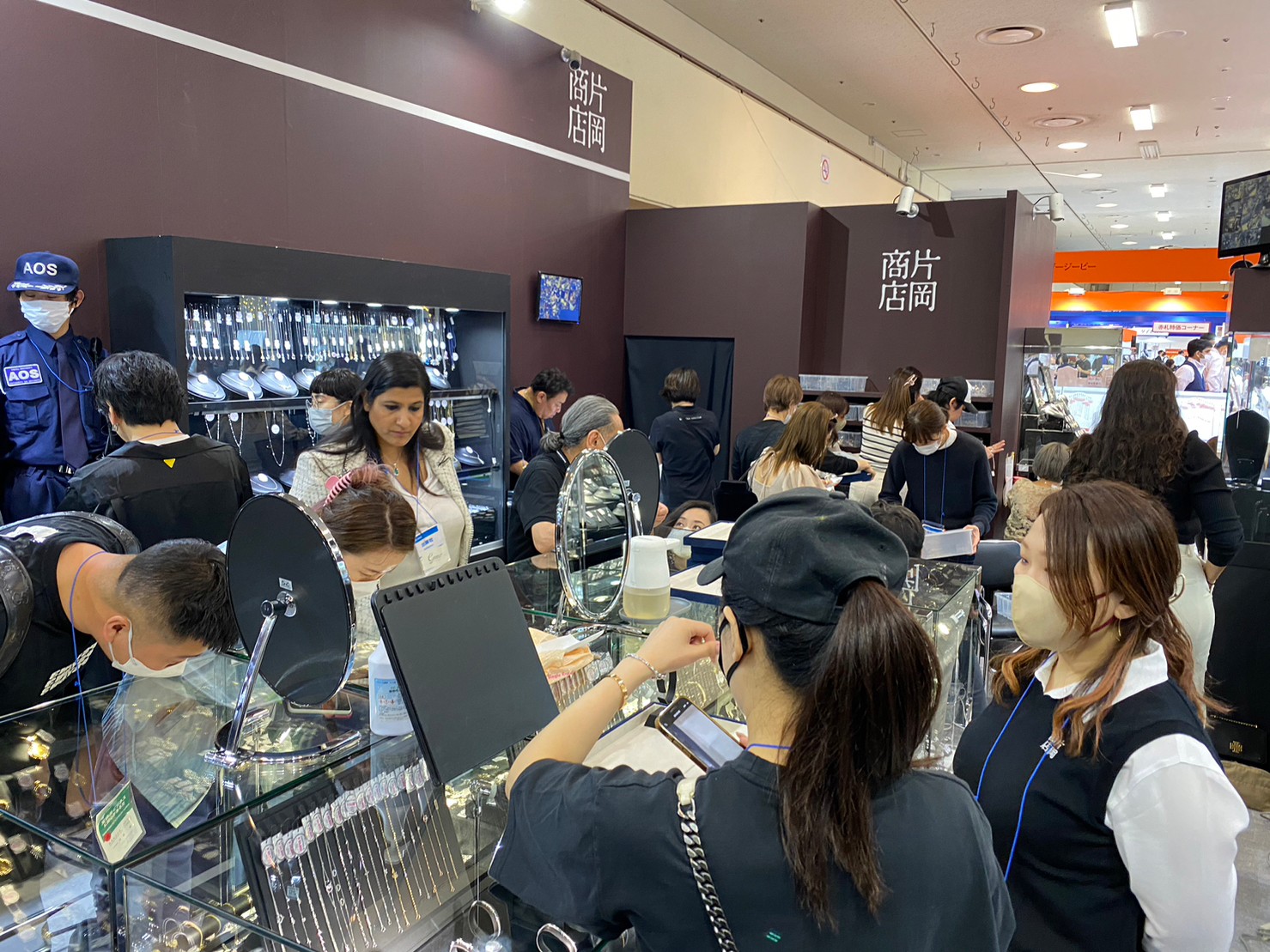

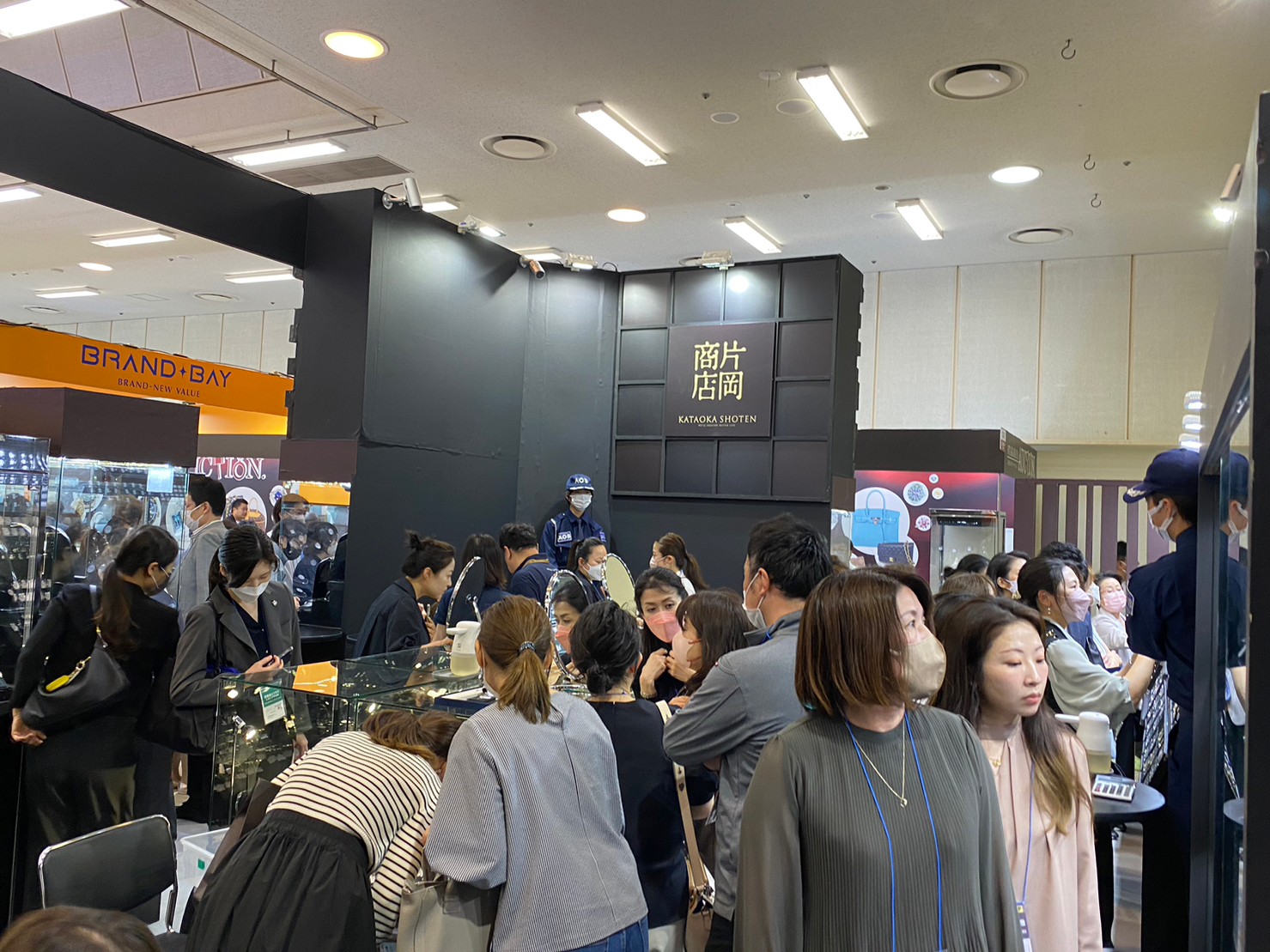

It seems that the situation is not so optimistic even though inbound tourism is making the area more crowded. Japan is currently facing a considerable labor shortage, and the capacity to host tourists in various places is smaller than before. There are concerns about so-called overtourism which is the troubles between local residents and tourists caused by crowding in the city, traffic jams, lack of toilets, noise and garbage problems, and environmental destruction, and so on. In addition, the declining working-age population and the mismatch between Japanese attitudes toward work and inbound travel are likely to be major issues in the future.


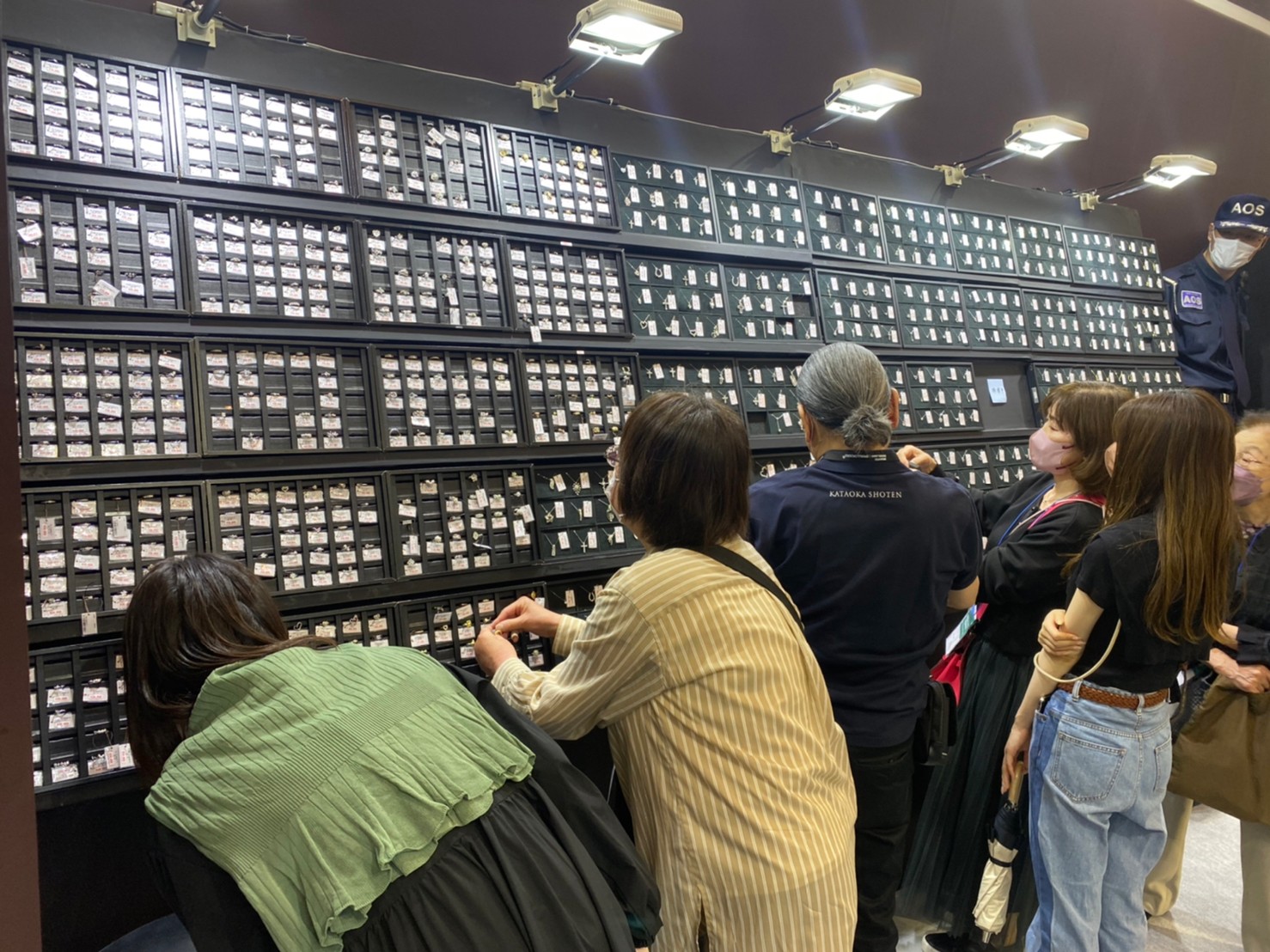

Many people recognize Japan as the third largest economy in the world, but this is likely to change significantly in the future. The ranking of GDP per capita, an indicator of affluence, is also likely to change due to the weak yen.The depreciation of the yen has drastically changed the value of various data converted into dollars, and Japan’s status in the world is declining significantly. Looking at the real effective exchange rate, which indicates the purchasing power of the yen, it has been reduced by nearly half compared to 2010.

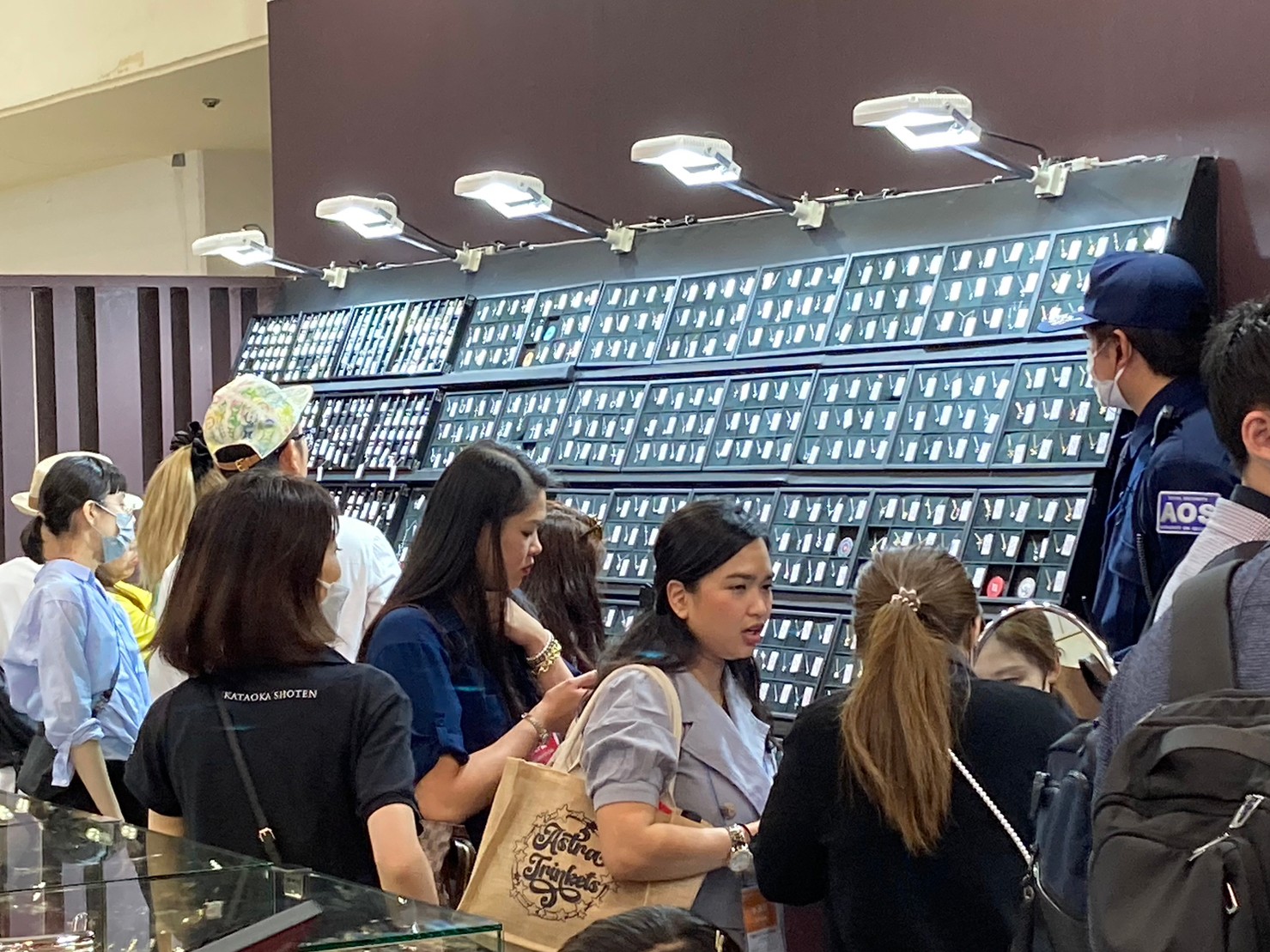
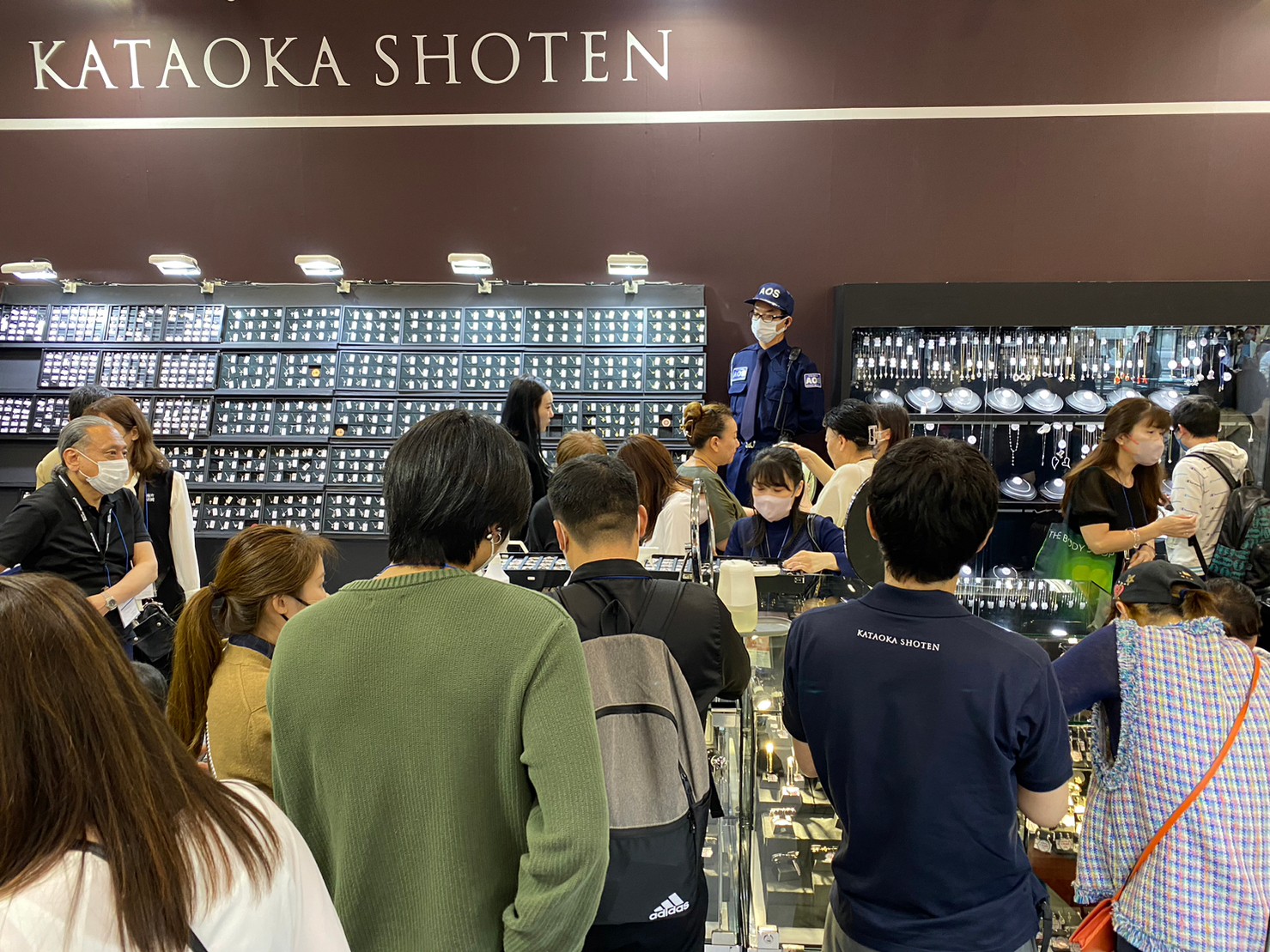
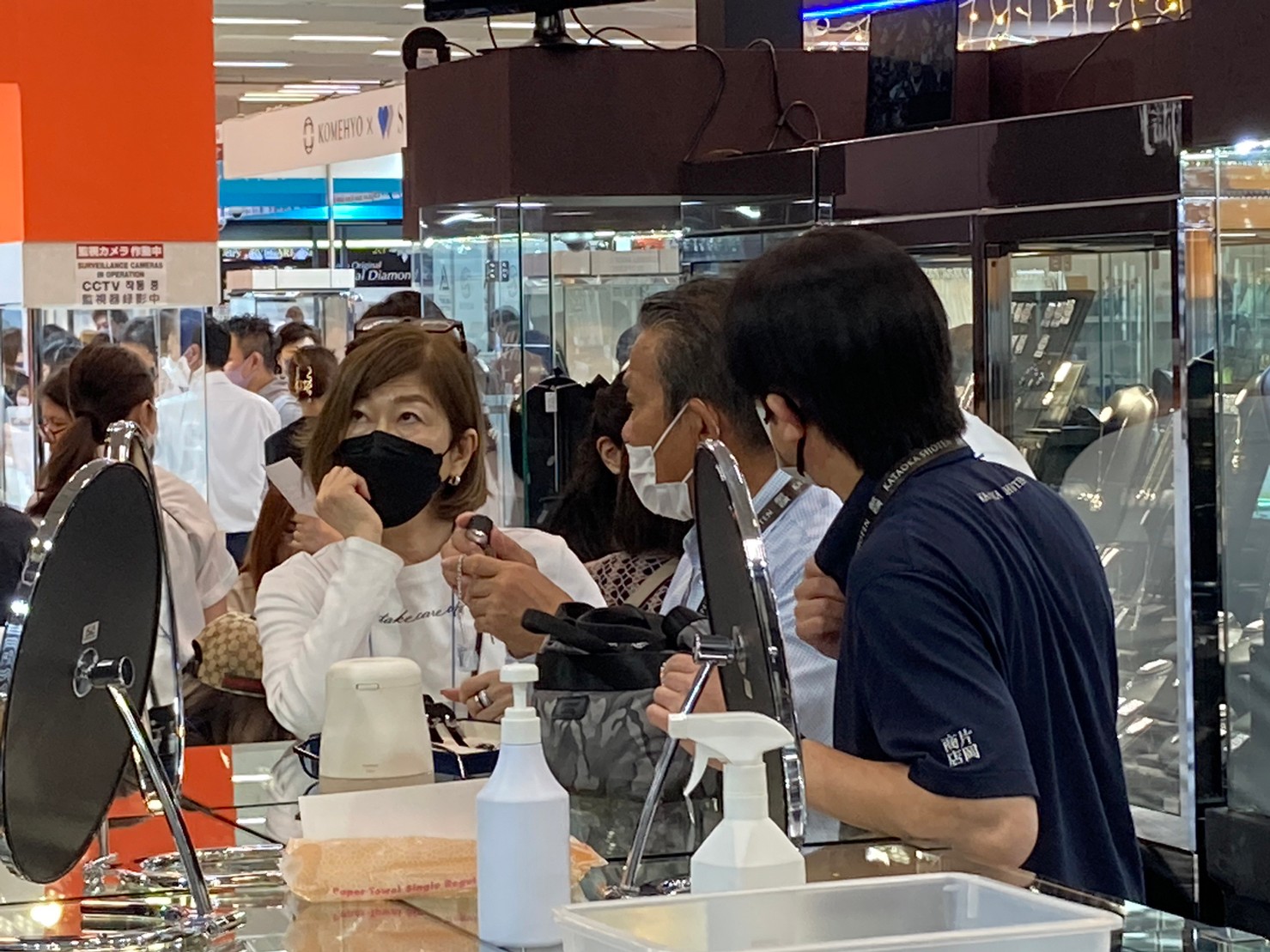
People tend to think that it has nothing to do with actual economic activities or daily life, or no matter how much the purchasing power of the yen declines, it is irrelevant as long as we live in Japan, but prices of goods that cannot be produced in Japan are steadily rising. This is prominent even when looking at the international price of one product. Items that can be resold internationally, such as the iPhone, will become cheaper in dollars if the Japanese price remains the same, so the price is raised to prevent international resale.
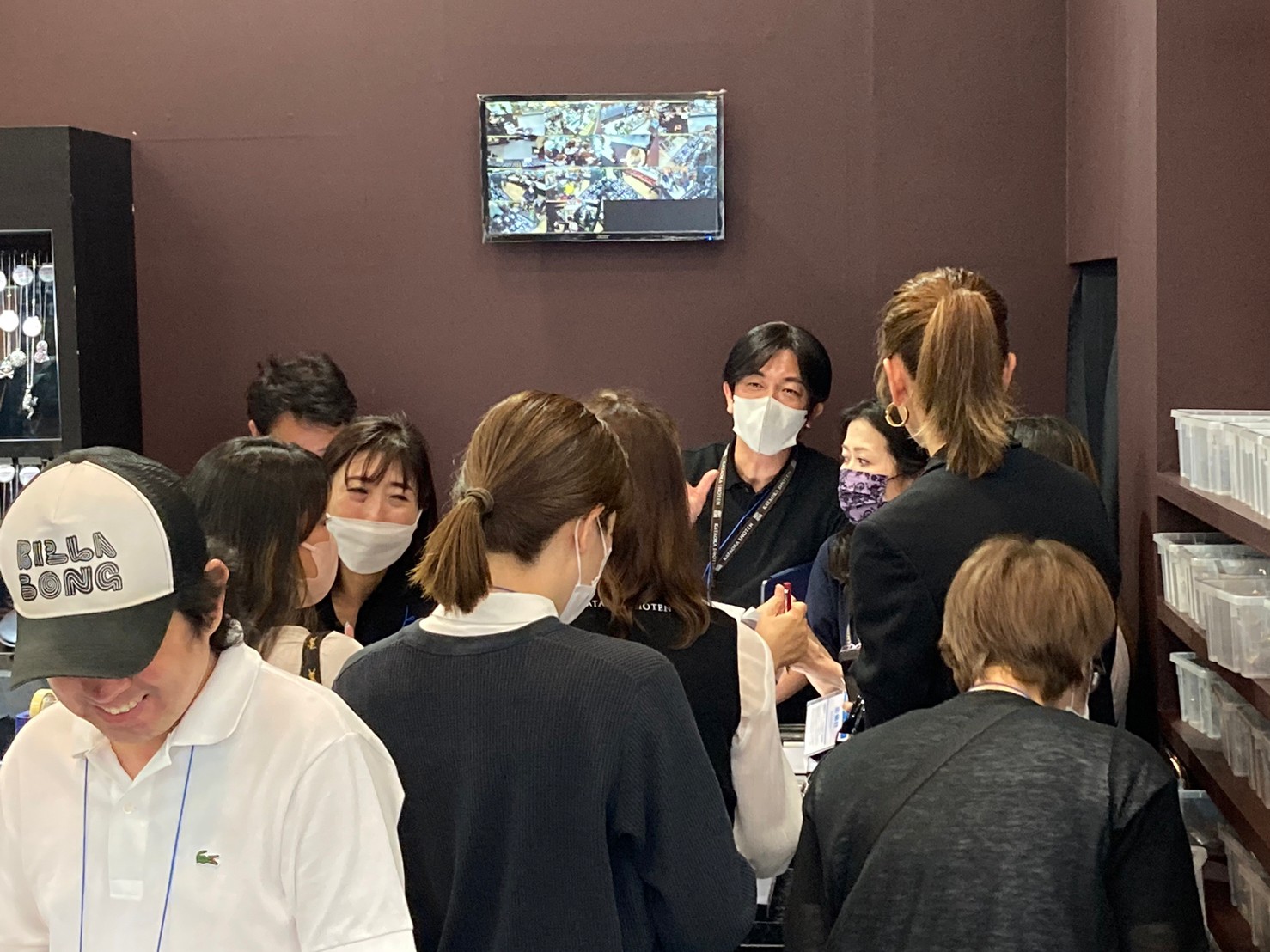
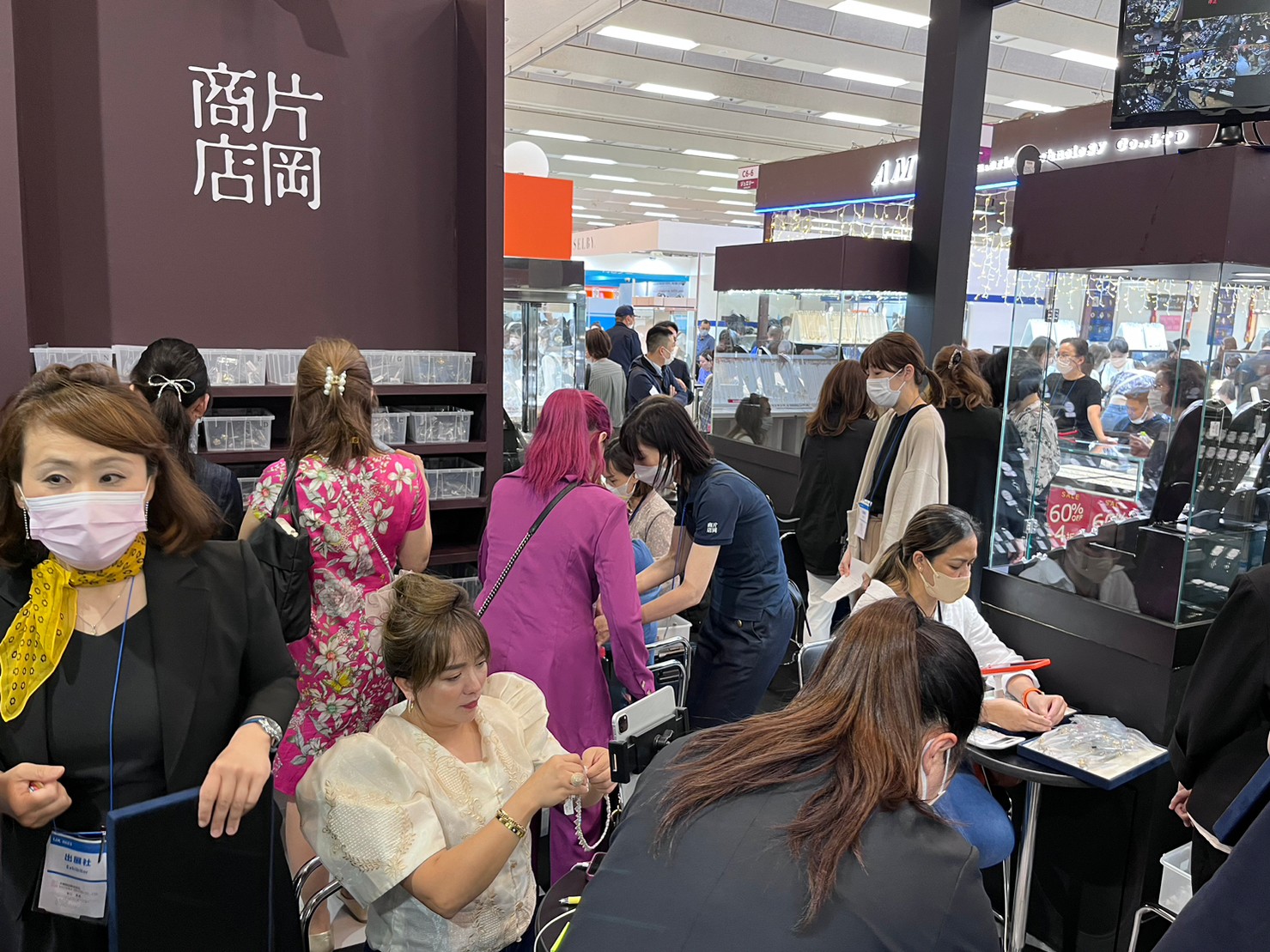
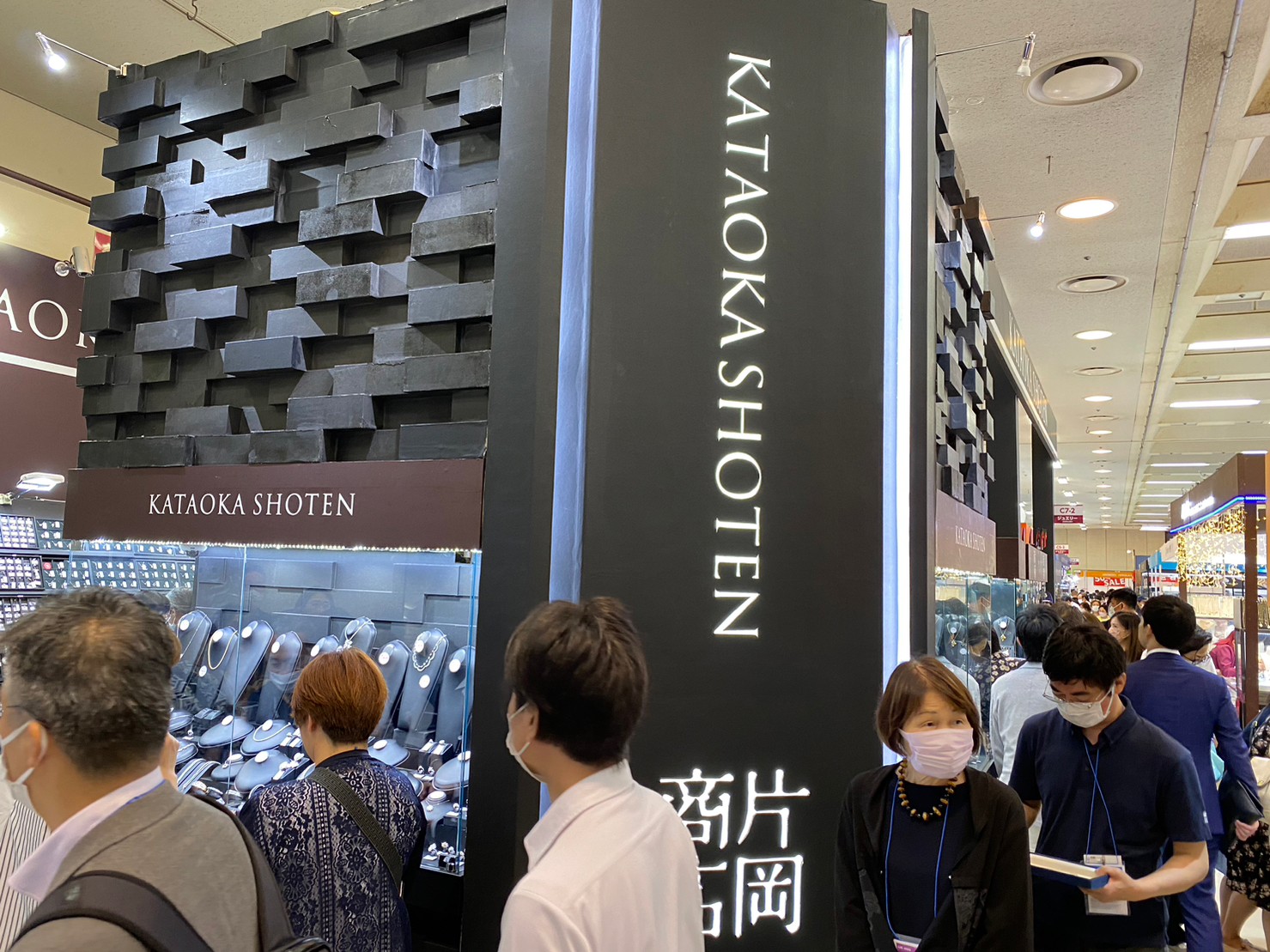
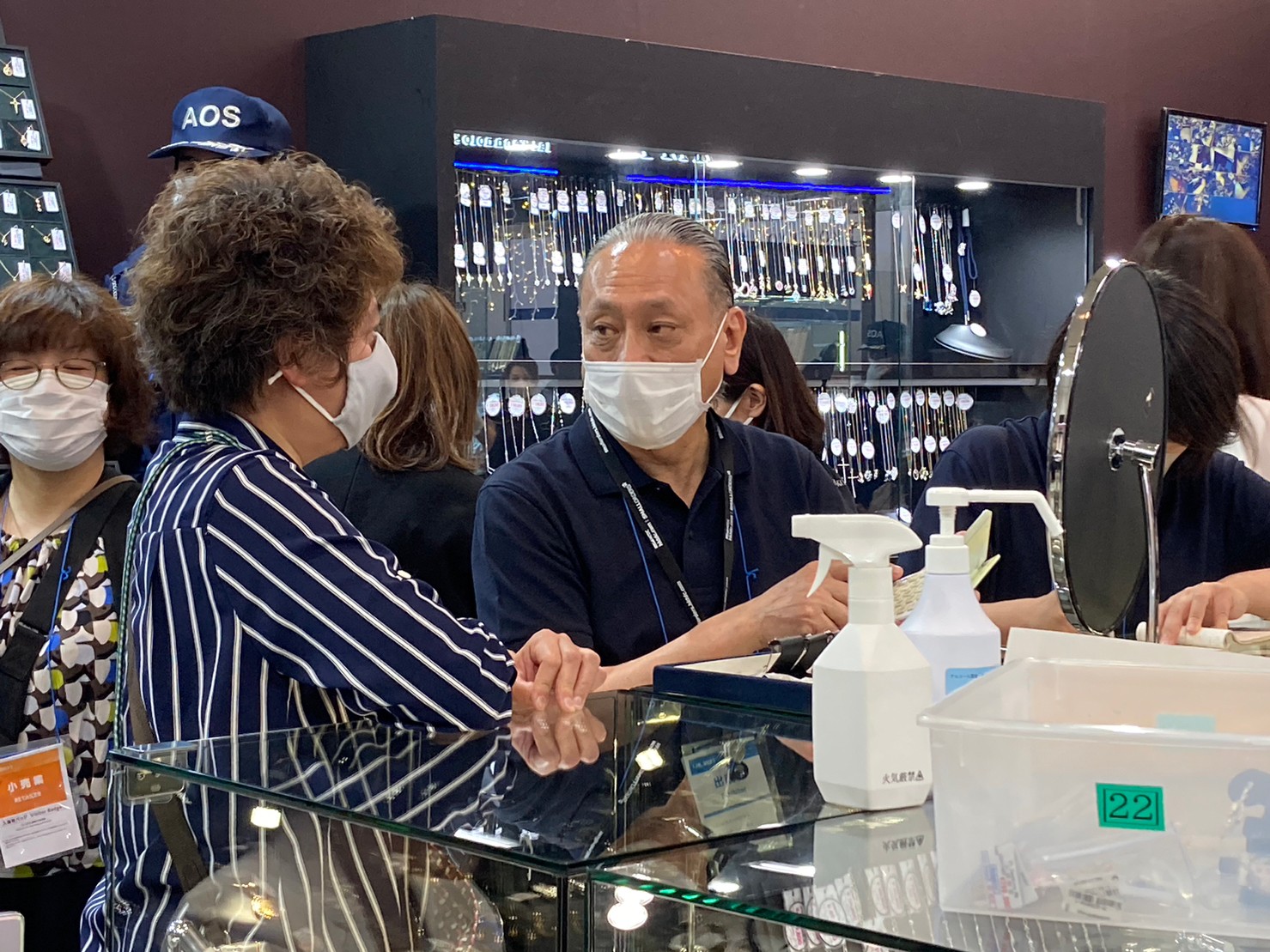
In fact, the price increase rate is the same as the yen depreciation rate. This international law of one price can also be seen in designer brand products and most advanced semiconductors that cannot be produced in Japan. If the yen continues to depreciate, the prices of overseas products will become even higher, and we may not be able to afford them. In our industry as well, the prices of commodities that have to be imported or are in high demand overseas have risen sharply. Especially for rare products, the overseas market price is so high that it is no longer possible to deal with them on the Japanese market, so these products may disappear from Japan in the future.



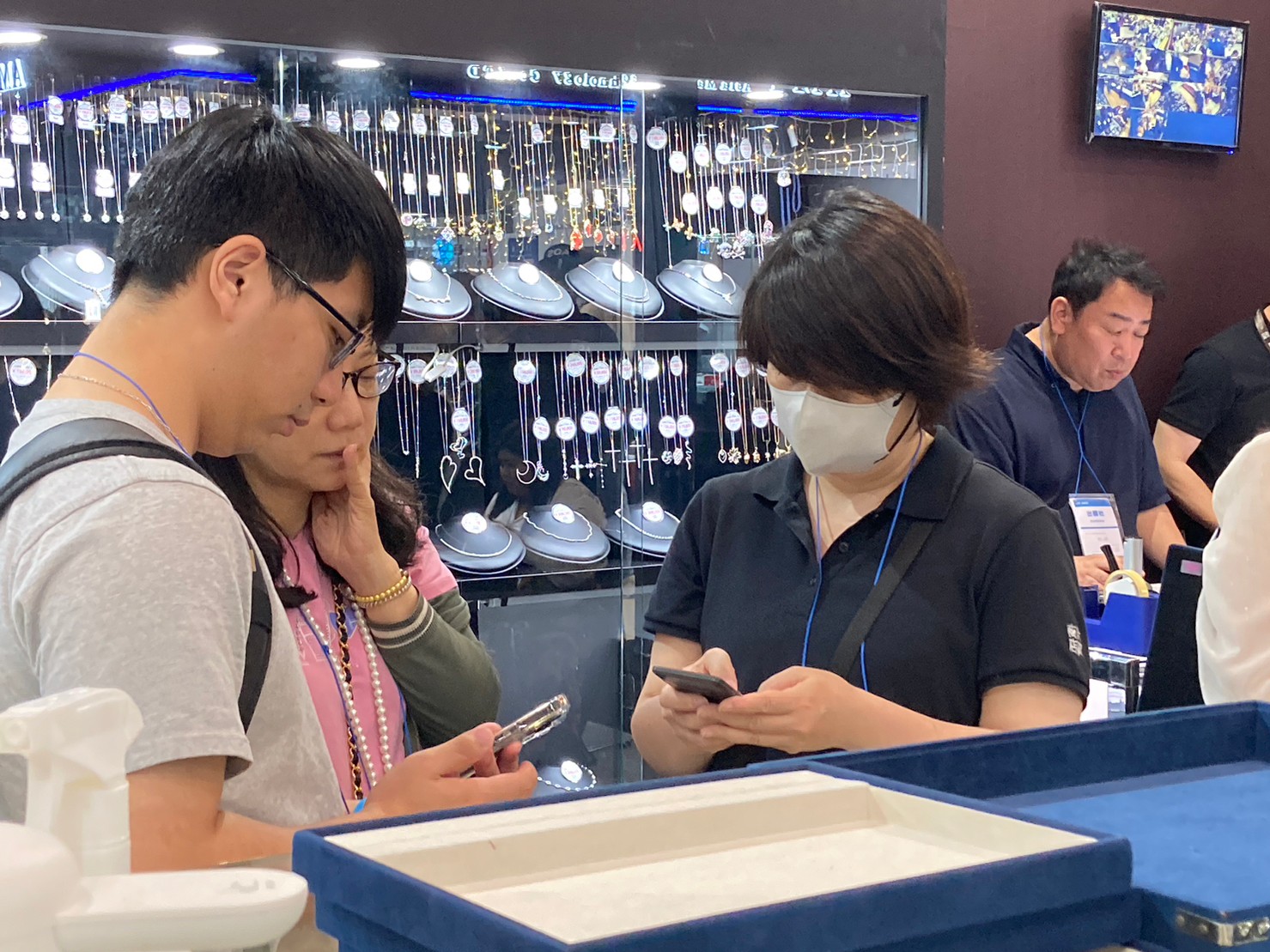
The Jewelry Show was held under these current circumstances, but the atmosphere may have improved with the easing of corona restrictions, and on the first day of the show there were large crowds and long line-up at the entrance, and it took a considerable amount of time to enter. The venue was crowded with more visitors than expected, and it would not be an exaggeration to say that it was more crowded than ever before the Corona disaster, which has not been seen in recent years.
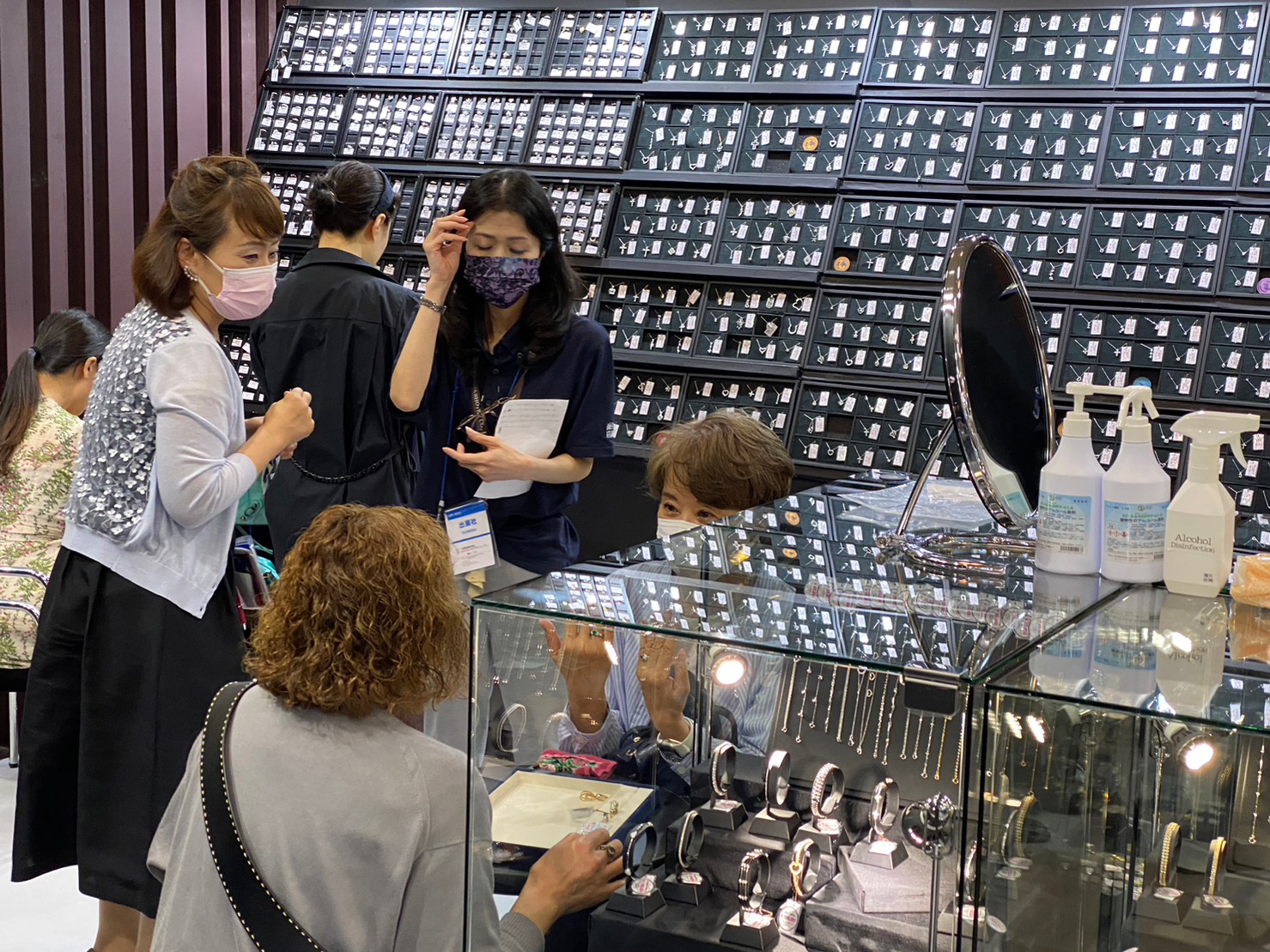
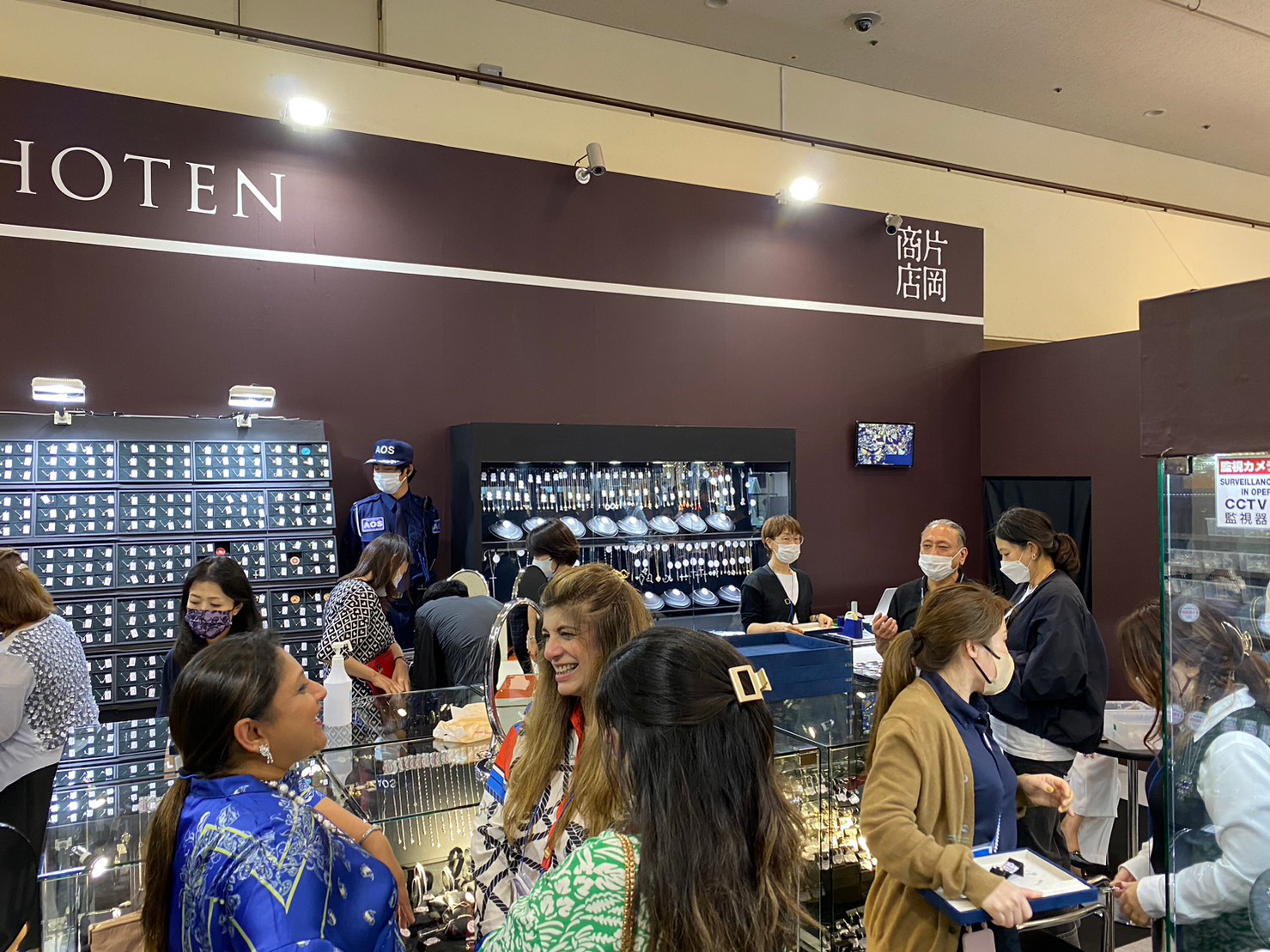

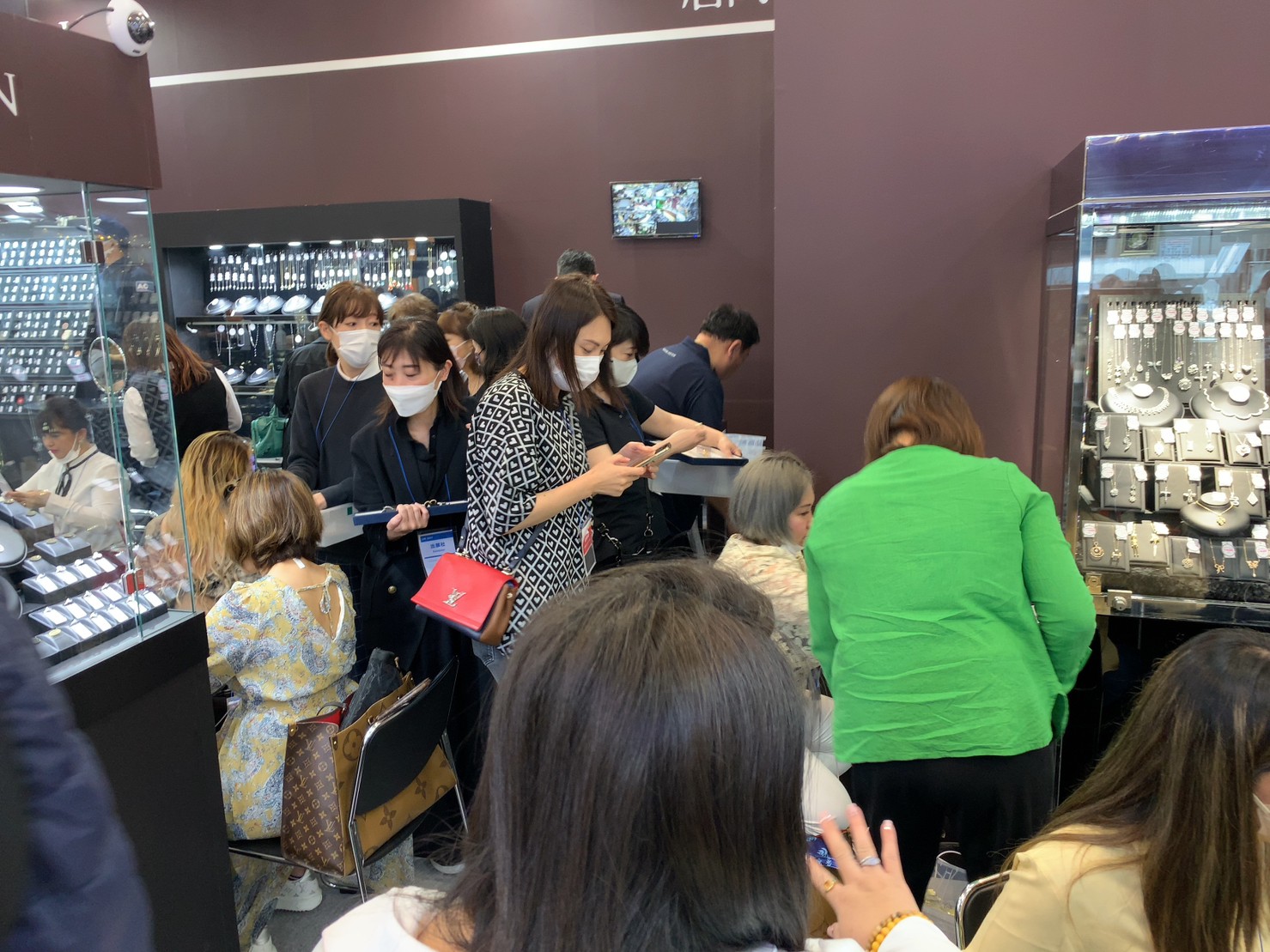
Above all, the buying intention of overseas buyers was tremendous, and regardless of the high price range, they were competing to purchase rare or value for money products. Colored stone products such as emeralds, rubies and sapphires seemed especially popular. Although these products are not in such high demand in Japan, but they are in high demand in overseas, and I felt that they would disappear from Japan in the future.

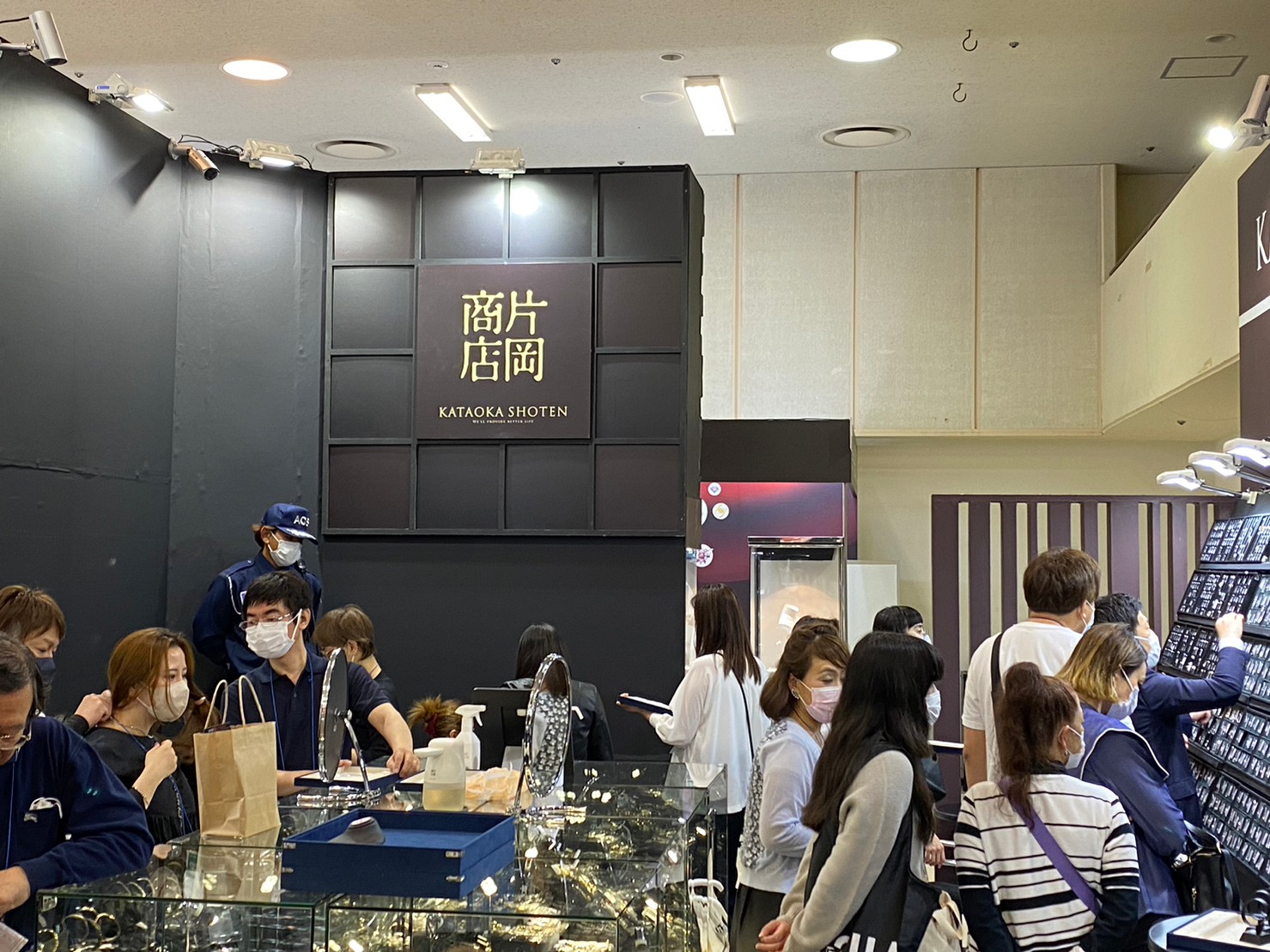
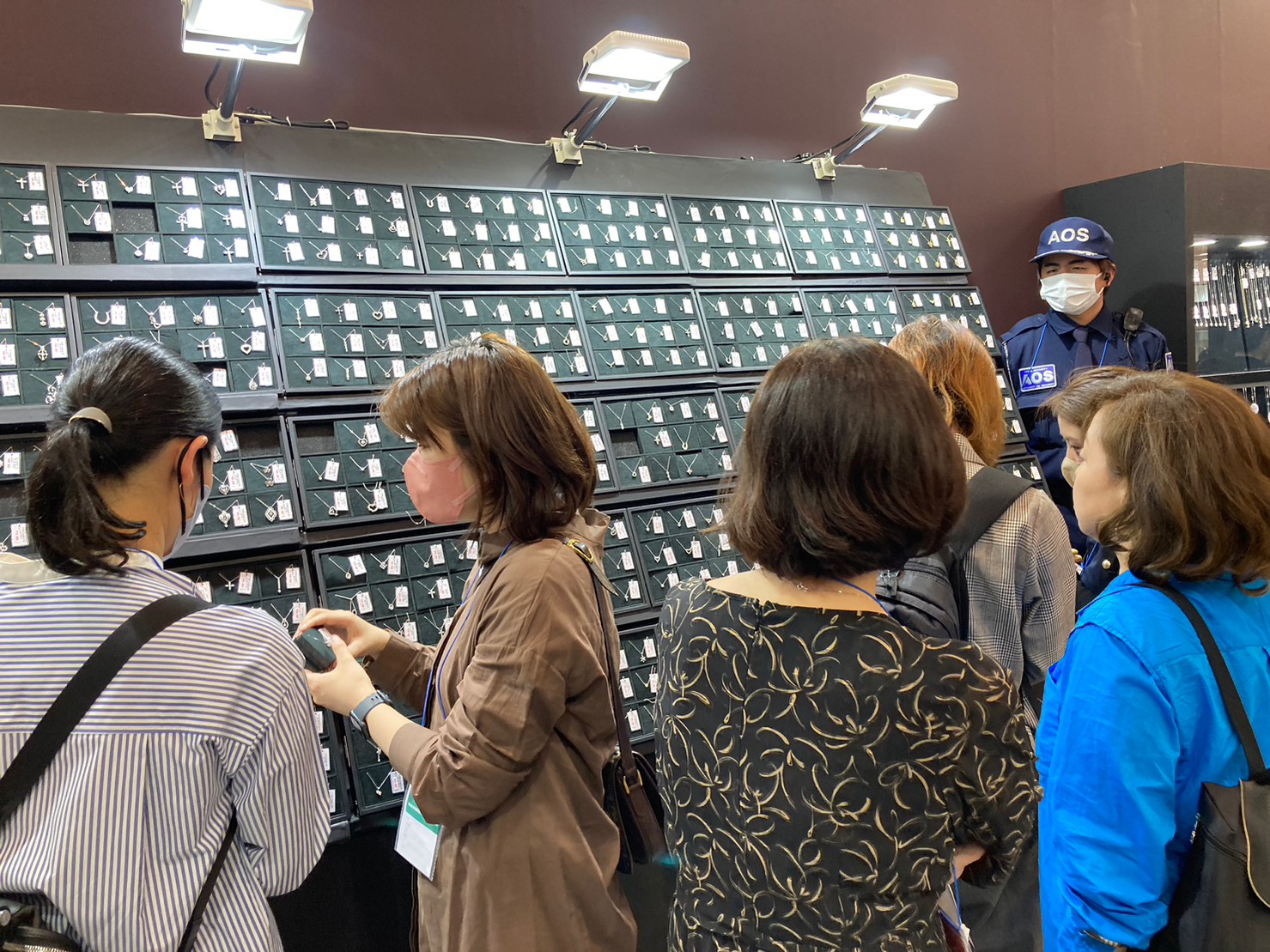
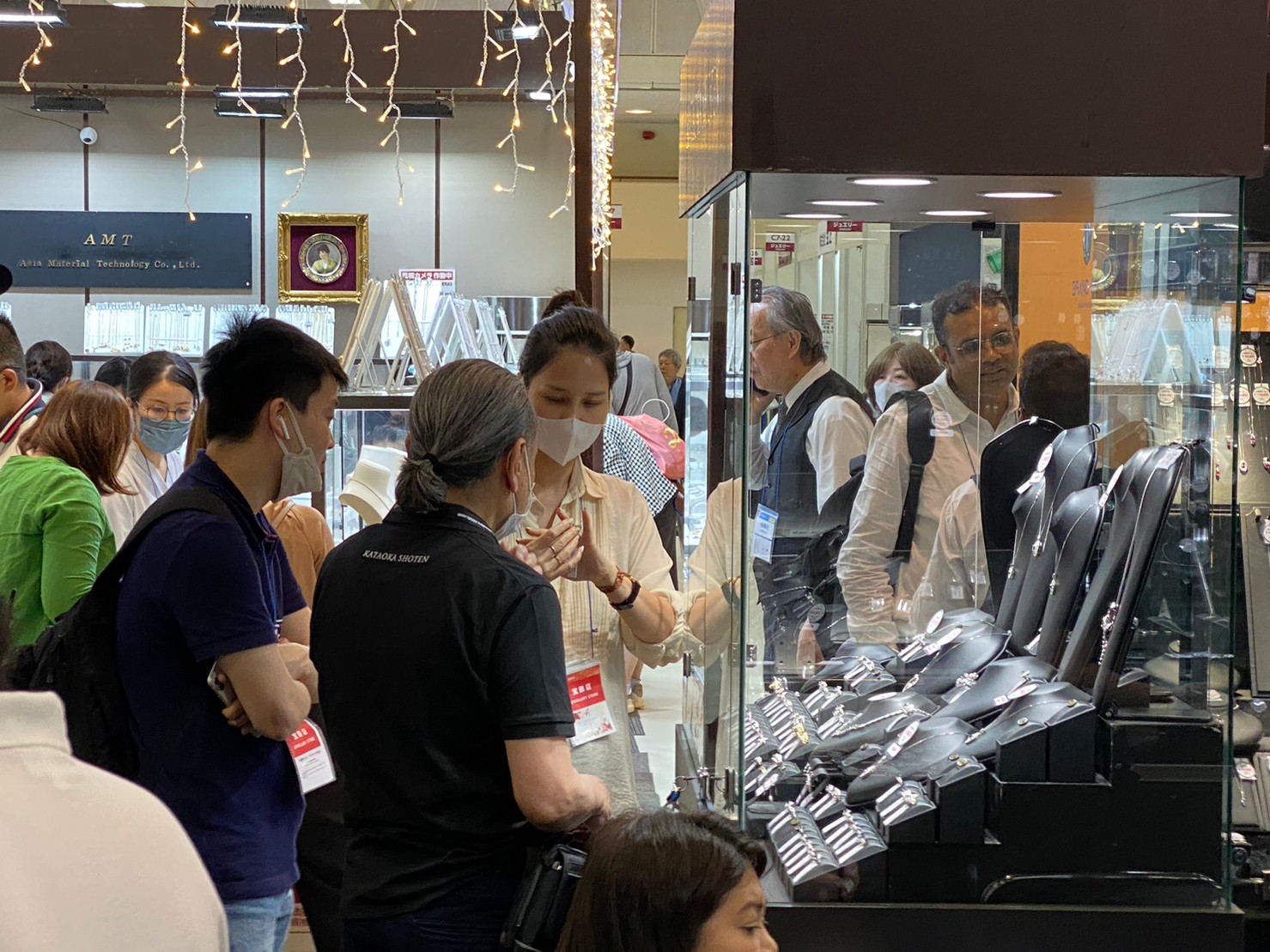
It seems that the demand for pearls is even higher, and there are products which their prices are nearly three times higher than a few years ago. Despite the soaring market prices, there was a scramble for pearls, and many products were sold out at many exhibitors’ booths. At the Pearl Pavilion, it seems that many exhibiting companies achieved record-high sales, and I felt that the situation was truly suitable for calling it a bubble.
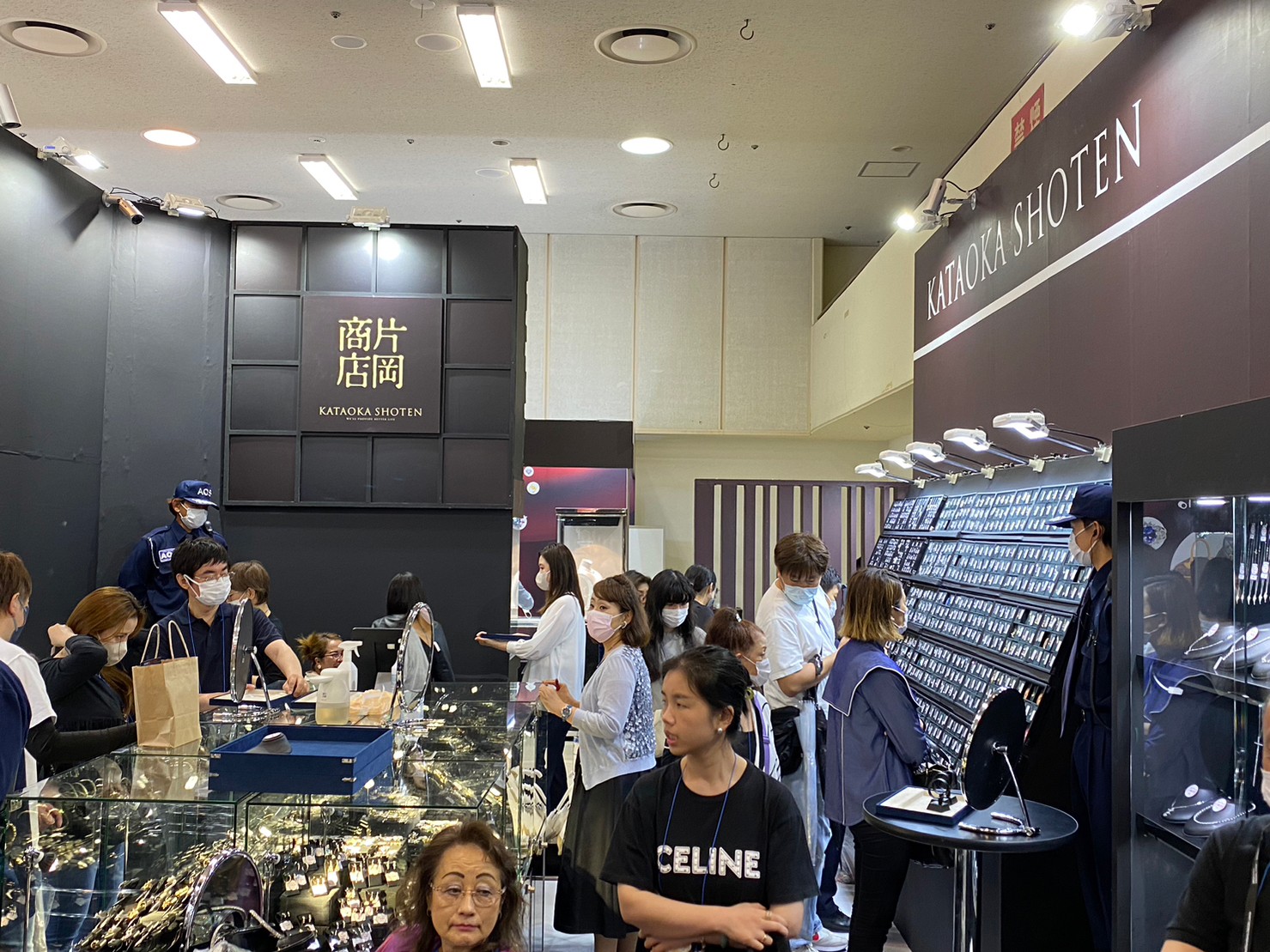


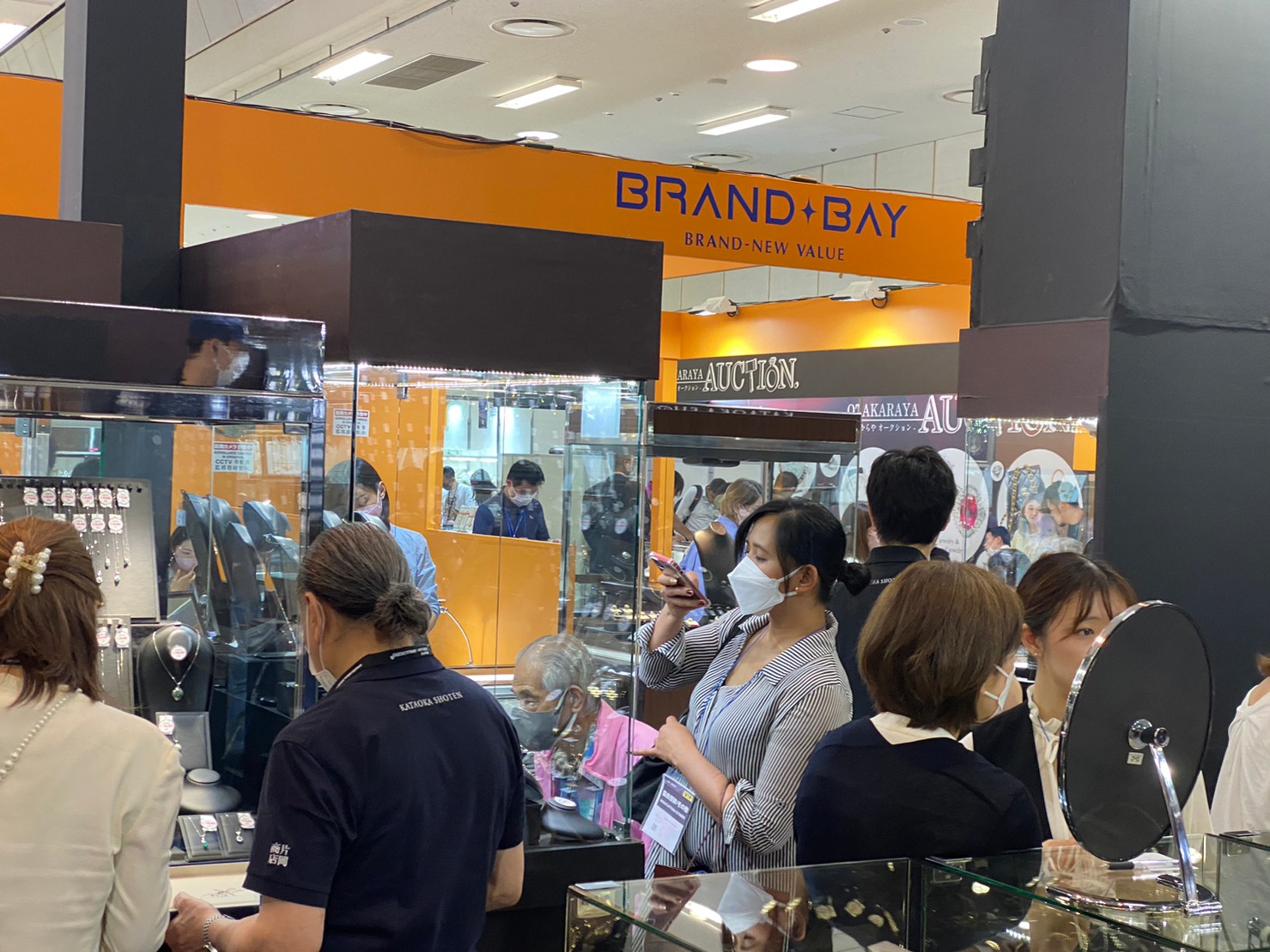
It seemed that there were not many Japanese buyers at this year’s show. However, I had the impression that most of the Japanese visitors understood the current situation well and were thinking about how to deal with the current market price. Price of the bullion and most of products are soaring due to the weak yen, but it seemed that most of the participants were positive about changing their sales methods in the current market conditions.
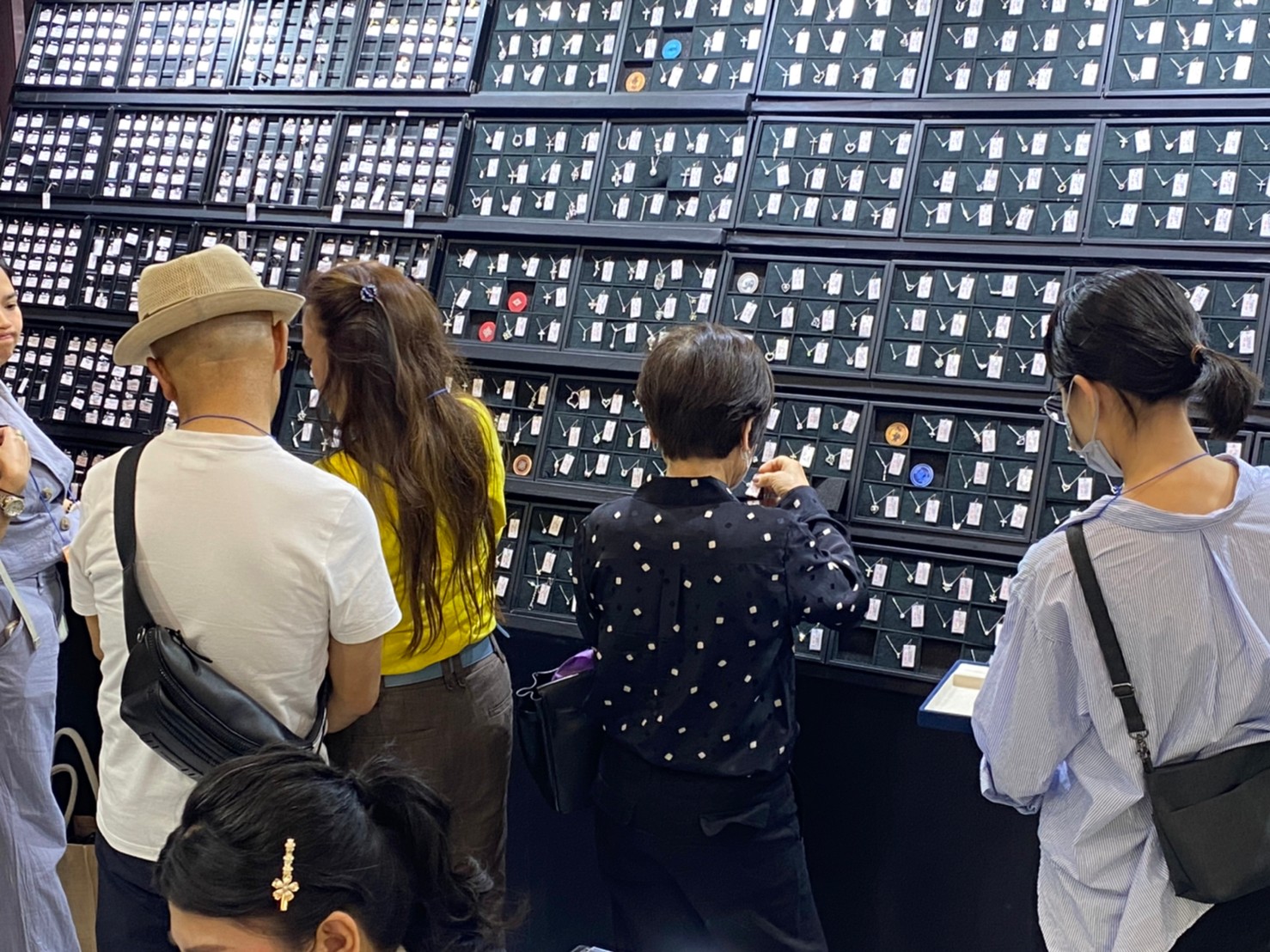
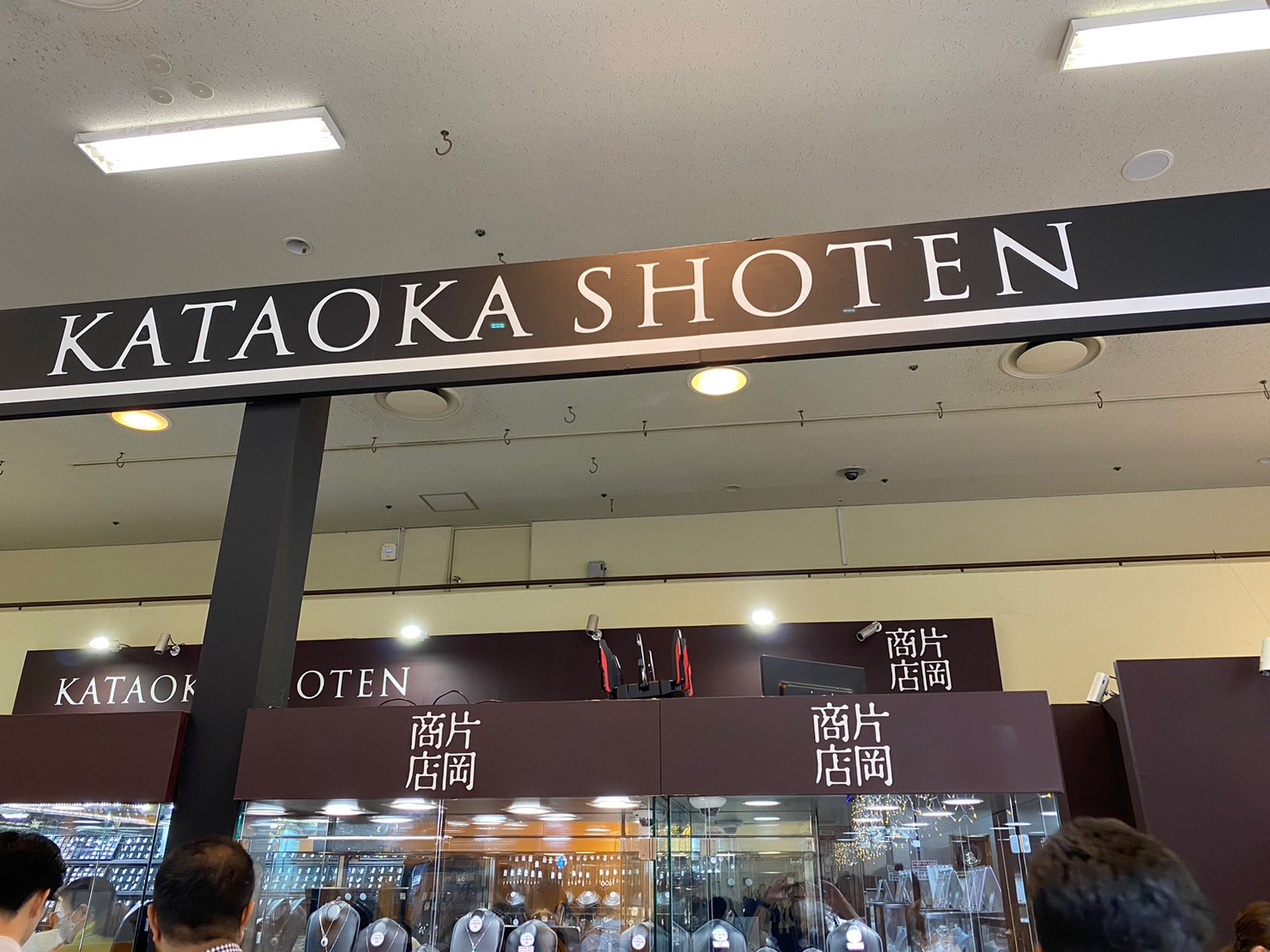


Currently, the trend has changed greatly due to the relaxation of the corona situation. Our industry is also expected to change significantly in the future. It seems that it will be a subject to accept the market price of products that are unlikely to fall and then respond flexibly. We will continue to respond appropriately to the trends of the era and strive to make better proposals to our customers. We would like to express our sincere gratitude for the people who came to visit us this time. Thank you very much.
